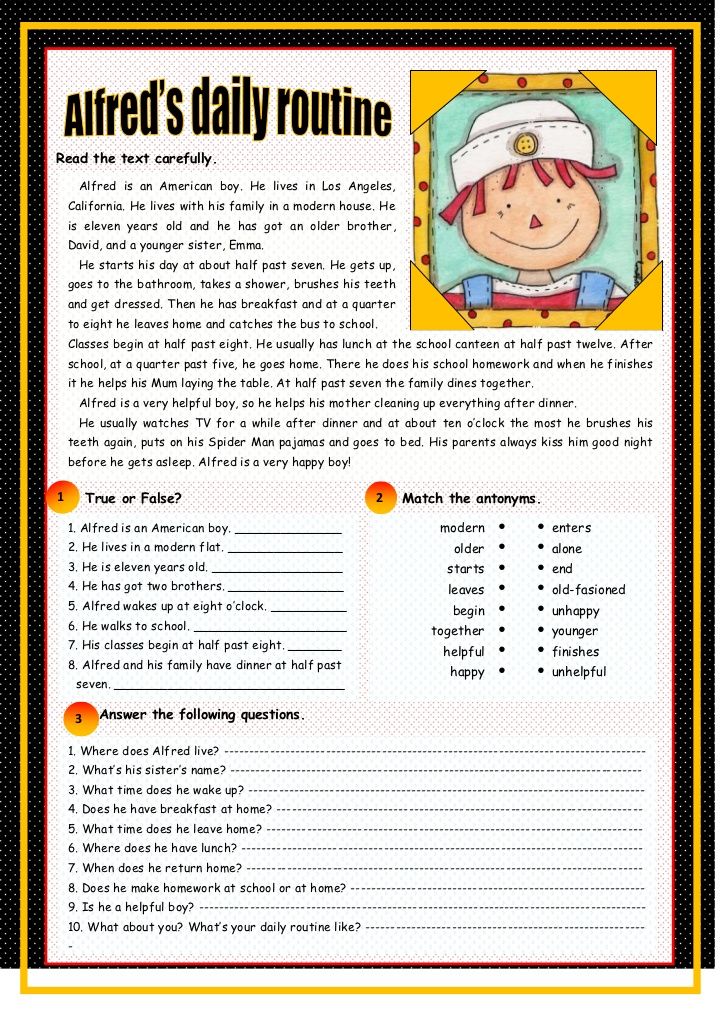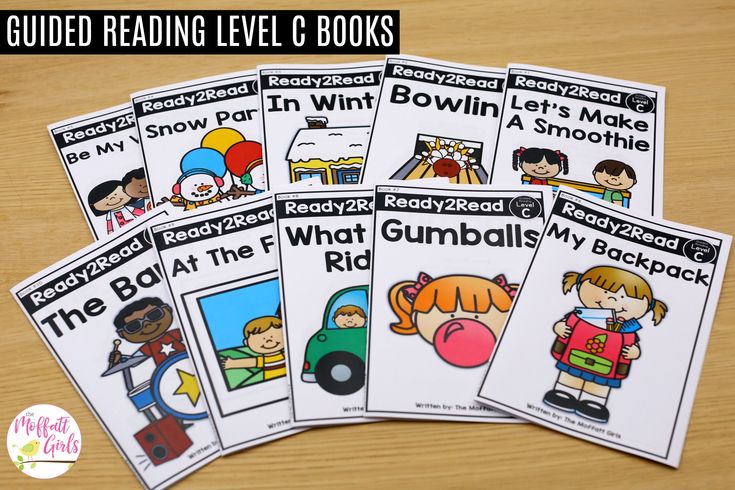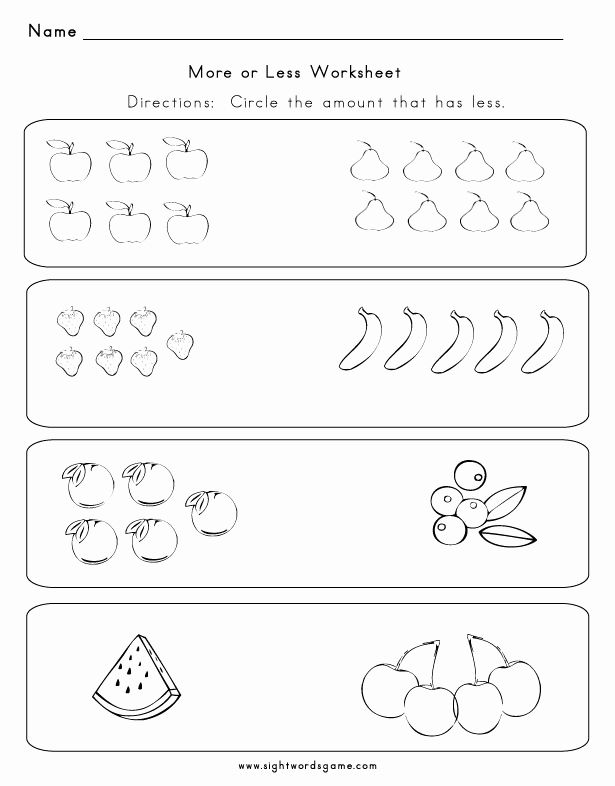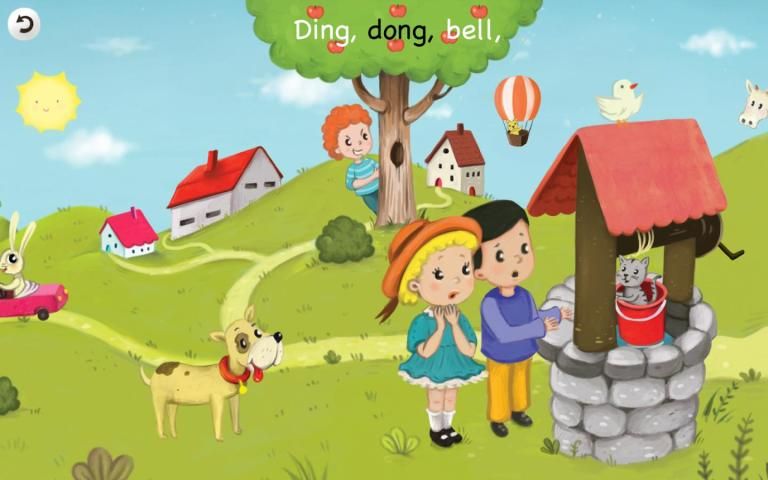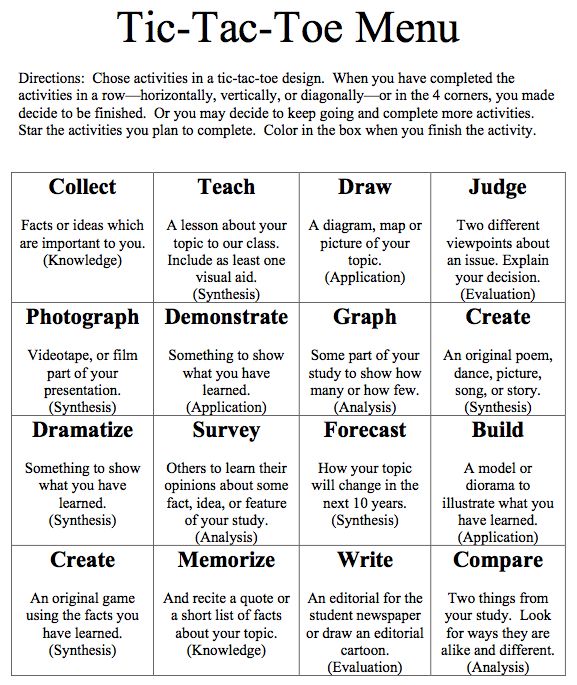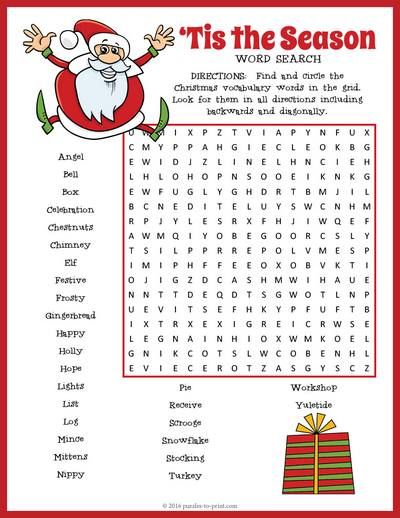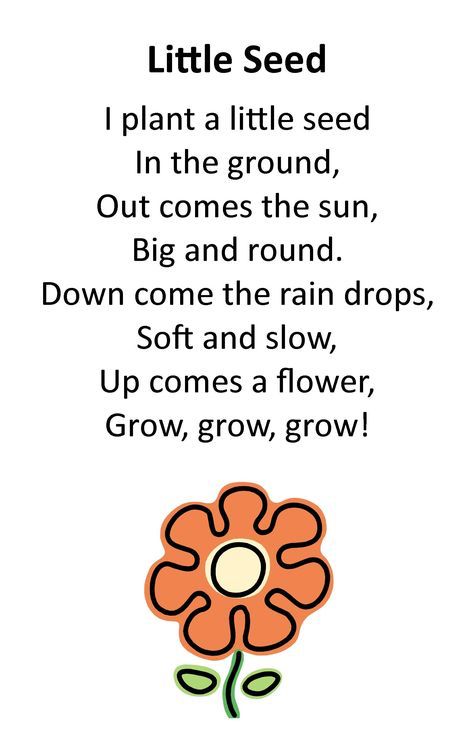Reading with activities
25 Activities for Reading and Writing Fun
These activities have been developed by national reading experts for you to use with children, ages birth to Grade 6. The activities are meant to be used in addition to reading with children every day.
In using these activities, your main goal will be to develop great enthusiasm in the reader for reading and writing. You are the child's cheerleader. It is less important for the reader to get every word exactly right. It is more important for the child to learn to love reading itself. If the reader finishes one book and asks for another, you know you are succeeding! If your reader writes even once a week and comes back for more, you know you have accomplished your beginning goals.
Activities for birth to preschool: the early years
Activity 1: Books and babies
Babies love to listen to the human voice. What better way than through reading!
What you'll need:
Some books written especially for babies (books made of cardboard or cloth with flaps to lift and holes to peek through).
What to do:
- Start out by singing lullabies and folk songs to your baby. When your baby is about six months old, choose books with brightly colored, simple pictures and lots of rhythm in the text. (Mother Goose rhymes are perfect.) Hold your baby in your lap so he/she can see the colorful pages of the book. Include books that show pictures and names of familiar objects.
- As you read with your baby, point out objects in the pictures and make sure your baby sees all the things that are fun to do with books. (Pat the Bunny by Dorothy Kunhardt is a classic touch-and-feel book for babies.)
- Vary the tone of your voice with different characters in the stories, sing nursery rhymes, make funny faces, do whatever special effects you can to stimulate your baby's interest.
- Allow your child to touch and hold cloth and sturdy cardboard books.
- When reading to a baby, keep the sessions brief but read daily and often.
As you read to your baby, your child is forming an association between books and what is most loved – your voice and closeness.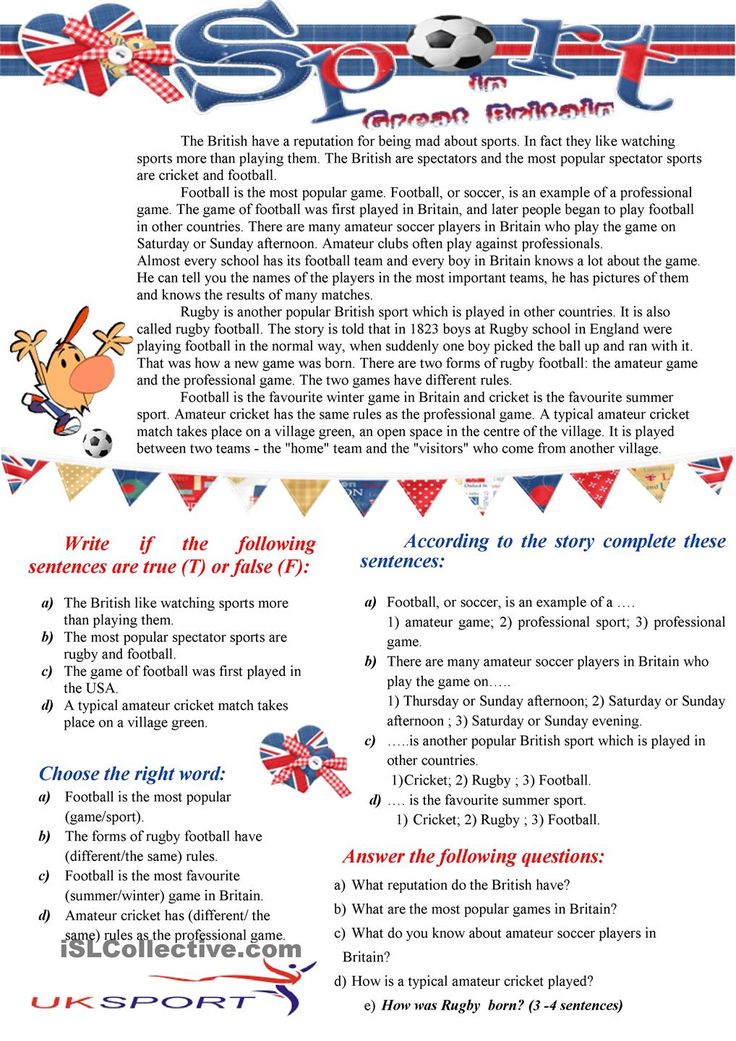 Allowing babies to handle books deepens their attachment even more.
Allowing babies to handle books deepens their attachment even more.
Activity 2: Tot talk
What's "old hat" to you can be new and exciting to toddlers and preschoolers. When you talk about everyday experiences, you help children connect their world to language and enable them to go beyond that world to new ideas.
What you'll need:
Yourself and your child
What to do:
- As you get dinner ready, talk to your child about things that are happening. When your 2- or 3-year-old "helps" by taking out all the pots and pans, talk about them. "Which one is the biggest?" "Can you find a lid for that one?" "What color is this one?"
- When walking down the street and your toddler or preschooler stops to collect leaves, stop and ask questions that require more than a "yes" or "no" answer. "Which leaves are the same?" "Which leaves are different?" "What else grows on trees?"
- Ask "what if" questions. "What would happen if we didn't shovel the snow?" "What if that butterfly lands on your nose?"
- Answer your child's endless "why" questions patiently.
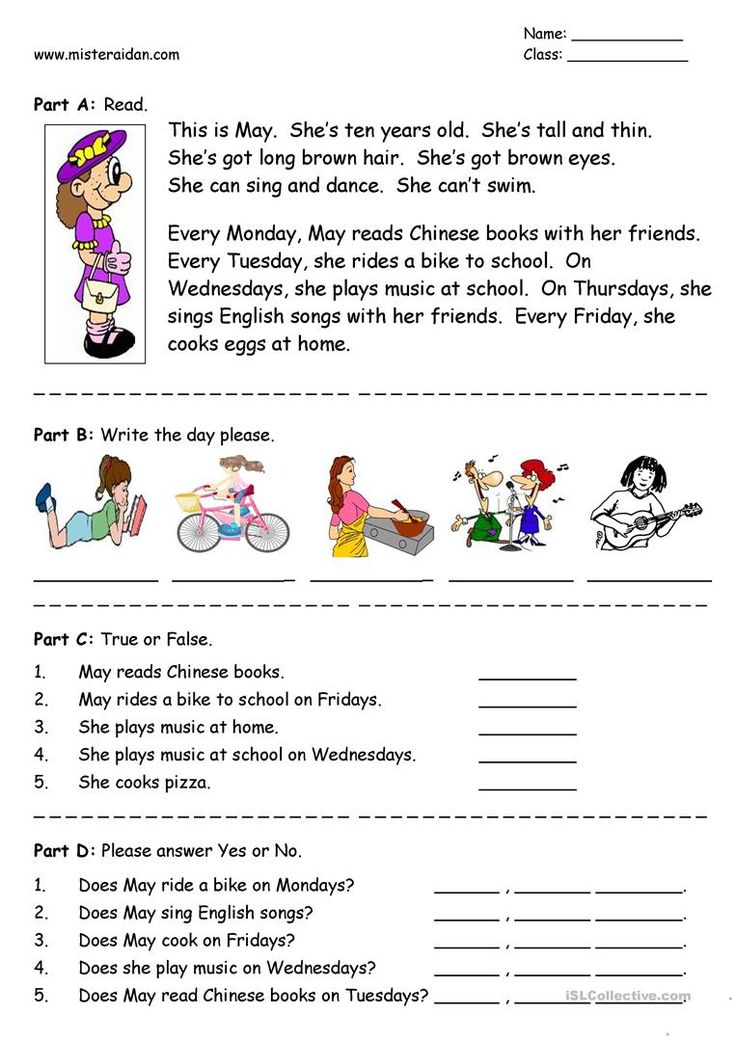 When you say, "I don't know, let's look it up," you show how important books are as resources for answering questions.
When you say, "I don't know, let's look it up," you show how important books are as resources for answering questions. - After your child tells you a story, ask questions so you can understand better. That way children learn how to tell complete stories and know you are interested in what they have to say.
- Expose your child to varied experiences – trips to the library, museum, or zoo; walks in the park; or visits with friends and relatives. Surround these events with lots of comments, questions, and answers.
Talking enables children to expand their vocabulary and understanding of the world. The ability to carry on a conversation is important for reading development. Remember, it is better to talk too much rather than too little with a small child.
Activity 3: R and R – repetition and rhyme
Repetition makes books predictable, and young readers love knowing what comes next.
What you'll need:
- Books with repeated phrases (Favorites are: Alexander and the Terrible, Horrible, No Good, Very Bad Day by Judith Viorst; Brown Bear, Brown Bear, What Do You See? by Bill Martin, Jr.
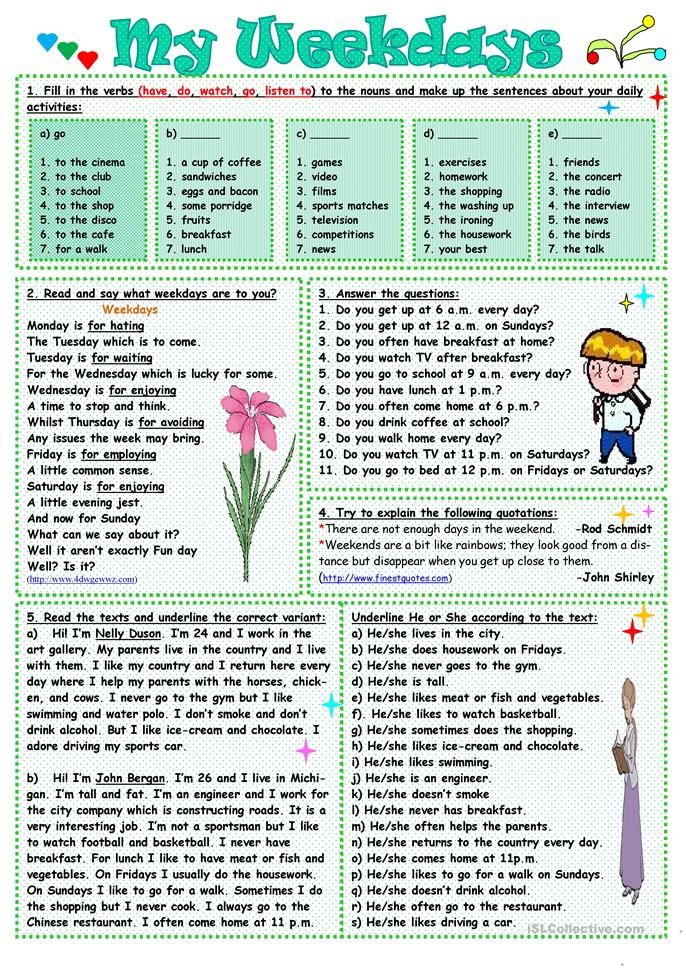 ; Horton Hatches the Egg by Dr. Seuss; and The Little Engine That Could by Watty Piper.
; Horton Hatches the Egg by Dr. Seuss; and The Little Engine That Could by Watty Piper. - Short rhyming poems.
What to do:
- Pick a story with repeated phrases or a poem you and your child like. For example, read:
(Wolf voice:) "Little pig, little pig, let me come in."
(Little pig:) "Not by the hair on my chinny-chin-chin."
(Wolf voice:) "Then I'll huff and I'll puff and I'll blow your house in!" - After the wolf has blown down the first pig's house, your child will soon join in with the refrain.
- Read slowly, and with a smile or a nod, let your child know you appreciate his or her participation.
- As the child grows more familiar with the story, pause and give him or her a chance to fill in the blanks and phrases.
- Encourage your child to pretend to read, especially books that contain repetition and rhyme. Most children who enjoy reading will eventually memorize all or parts of a book and imitate your reading.
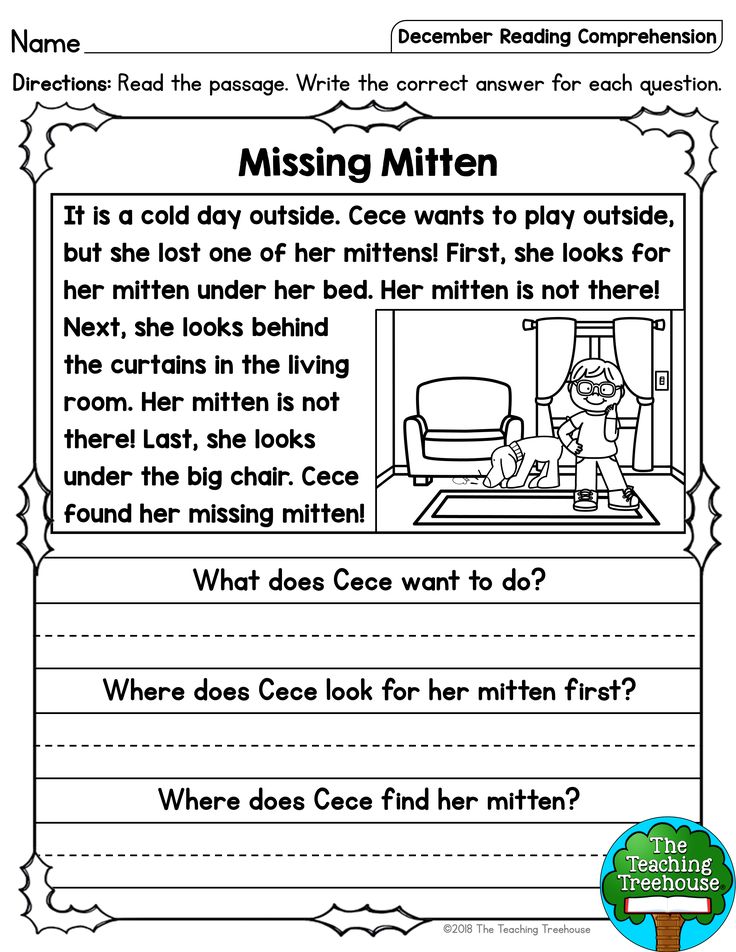 This is a normal part of reading development.
This is a normal part of reading development.
When children anticipate what's coming next in a story or poem, they have a sense of mastery over books. When children feel power, they have the courage to try. Pretending to read is an important step in the process of learning to read.
Activity 4: Poetry in motion
When children "act out" a good poem, they learn to love its rhyme, rhythm, and the pictures it paints with a few well-chosen words. They grow as readers by connecting feelings with the written word.
What you'll need:
Poems that rhyme, tell a story, and/or are written from a child's point of view.
What to do:
- Read a poem slowly to your child, and bring all your dramatic talents to the reading. (In other words, "ham it up.")
- If there is a poem your child is particularly fond of, suggest acting out a favorite line. Be sure to award such efforts with delighted enthusiasm.
- Suggest acting out a verse, a stanza, or the entire poem.
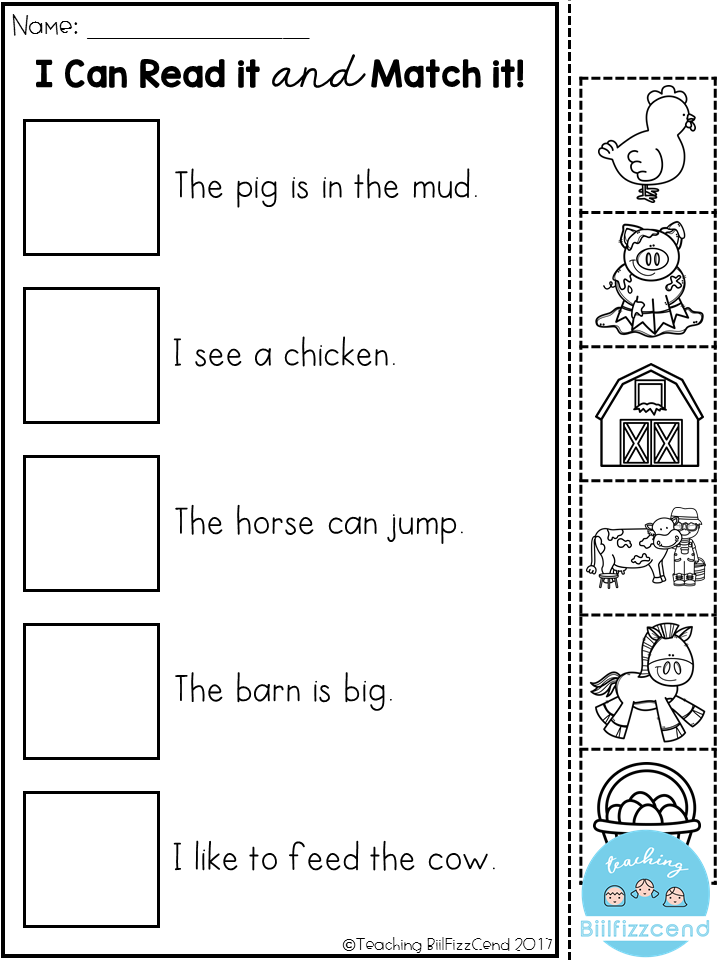 Ask your child to make a face the way the character in the poem is feeling. Remember that facial expressions bring emotion into the performer's voice.
Ask your child to make a face the way the character in the poem is feeling. Remember that facial expressions bring emotion into the performer's voice. - Be an enthusiastic audience for your child. Applause is always nice.
- If your child is comfortable with the idea, look for a larger setting with an attentive, appreciative audience. Perhaps an after-dinner "recital" for family members would appeal to your child.
- Mistakes are a fact of life, so ignore them.
Poems are often short with lots of white space on the page. This makes them manageable for new readers and helps to build their confidence.
Activity 5: Story talk
Talking about what you read is another way to help children develop language and thinking skills. You won't need to plan the talk, discuss every story, or expect an answer.
What you'll need:
Storybooks
What to do:
- Read slowly and pause occasionally to think aloud about a story. You can say: "I wonder what's going to happen next!" Or ask a question: "Do you know what a palace is?" Or point out: "Look where the little mouse is now.
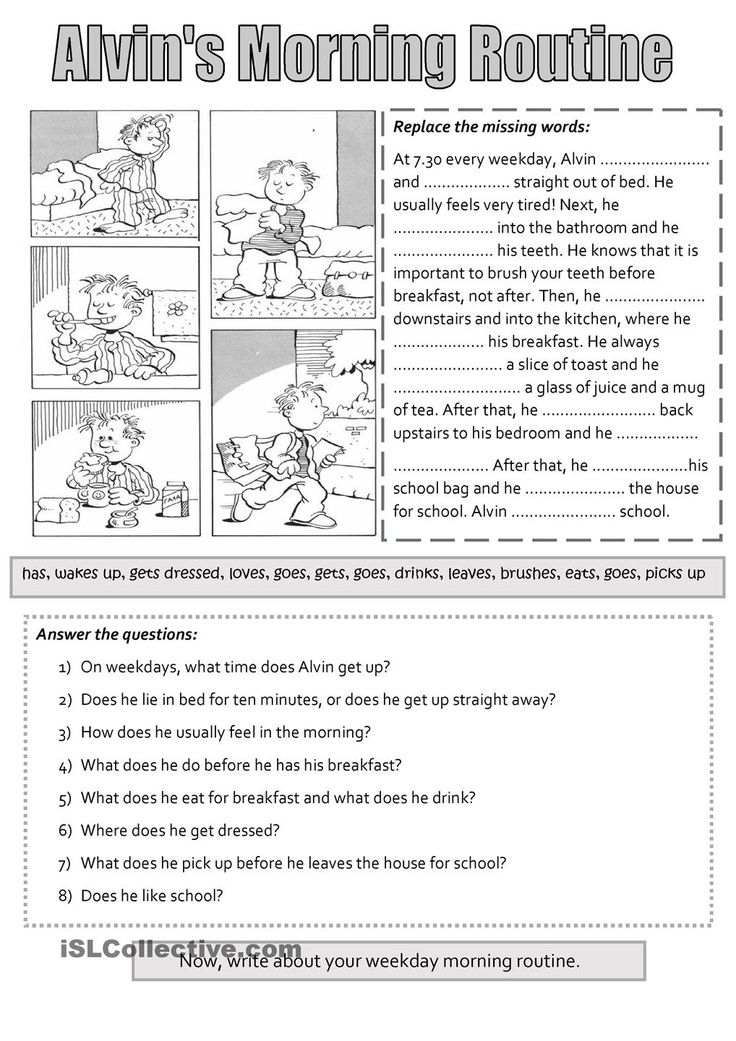 "
" - Answer your children's questions, and if you think they don't understand something, stop and ask them. Don't worry if you break into the flow of a story to make something clear. But keep the story flowing as smooth as possible.
- Talking about stories they read helps children develop their vocabularies, link stories to everyday life, and use what they know about the world to make sense out of stories.
Activity 6: Now hear this
Children are great mimics. When you tell stories, your child will begin to tell stories, too.
What you'll need:
Your imagination
What to do:
- Have your child tell stories like those you have told. Ask: "And then what happened?" to urge the story along.
- Listen closely when your child speaks. Be enthusiastic and responsive. Give your child full attention.
- If you don't understand some part of the story, take the time to get your child to explain. This will help your child understand the relationship between a speaker and a listener and an author and a reader.

- Encourage your child to express himself or herself. This will help your child develop a richer vocabulary. It can also help with pronouncing words clearly.
Having a good audience is very helpful for a child to improve language skills, as well as confidence in speaking. Parents can be the best audience a child will ever have.
Activity 7: TV
Television can be a great tool for education. The keys to successful TV viewing are setting limits, making good choices, taking time to watch together, discussing what you view, and encouraging follow-up reading.
What you'll need:
A weekly TV schedule
What to do:
- Limit your child's TV viewing and make your rules and reasons clear. Involve your child in choosing which programs to watch. Read the TV schedule together to choose.
- Monitor what your child is watching, and whenever possible, watch the programs with your child.
- When you watch programs with your child, discuss what you have seen so your child can better understand the programs.

- Look for programs that will stimulate your child's interests and encourage reading (such as dramatizations of children's literature and programs on wildlife and science.)
Many experts recommend that children watch no more than 10 hours of TV each week. Limiting TV viewing frees up time for reading and writing activities.
It is worth noting that captioned TV shows can be especially helpful for children who are deaf or hard-of-hearing, studying English as a second language, or having difficulty learning to read.
Activities for preschool to grade two: moving into reading
Check out Reading Rockets' new summer website, Start with a Book. You'll find a treasure trove of themed children's books, parent–child activities, and other great resources for summer learning.
Activity 8: World of words
Here are a few ways to create a home rich in words.
What you'll need:
- Paper
- Pencils, crayons, markers
- Glue
- Newspapers, magazines
- Safety scissors
What to do:
- Hang posters of the alphabet on the bedroom walls or make an alphabet poster with your child.
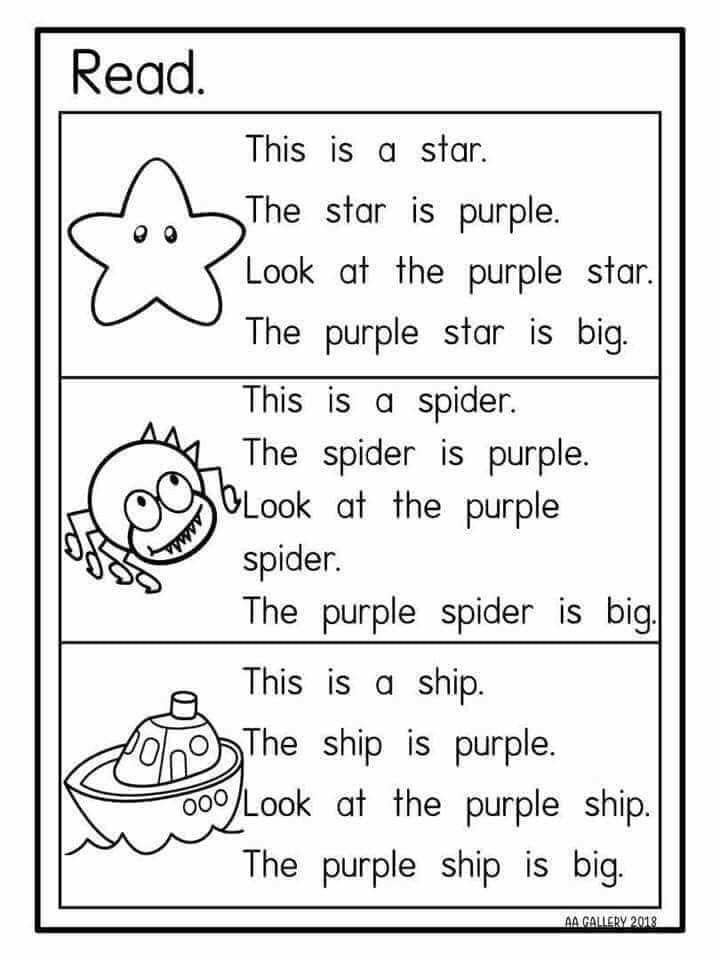 Print the letters in large type. Capital letters are usually easier for young children to learn first.
Print the letters in large type. Capital letters are usually easier for young children to learn first. - Label the things in your child's pictures. If your child draws a picture of a house, label it with "This is a house." and put it on the refrigerator.
- Have your child watch you write when you make a shopping list or a "what to do" list. Say the words aloud and carefully print each letter.
- Let your child make lists, too. Help your child form the letters and spell the words.
- Look at newspapers and magazines with your child. Find an interesting picture and show it to your child as you read the caption aloud.
- Create a scrapbook. Cut out pictures of people and places and label them.
- By exposing your child to words and letters often, your child will begin to recognize the shapes of letters. The world of words will become friendly.
Activity 9: Write on
Writing helps a child become a better reader, and reading helps a child become a better writer.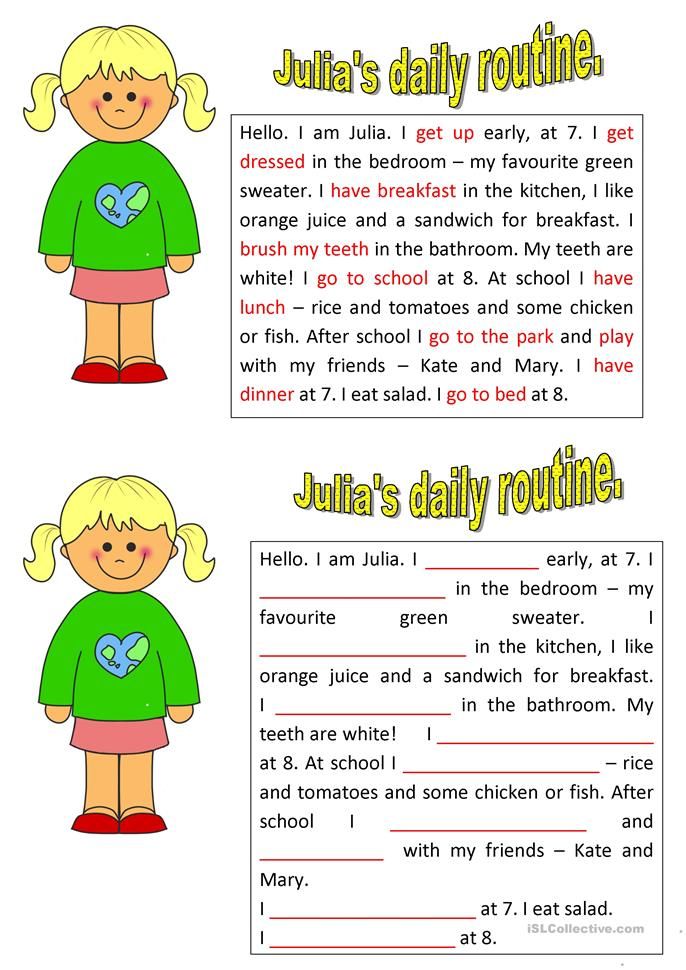
What you'll need:
- Pencils, crayons, or markers
- Paper or notebook
- Chalkboard and chalk
What to do:
- Ask your child to dictate a story to you. It could include descriptions of your outings and activities, along with mementos such as fall leaves and flowers, birthday cards, and photographs. Older children can do these activities on their own.
- Use a chalkboard or a family message board as an exciting way to involve children in writing with a purpose.
- Keep supplies of paper, pencils, markers, and the like within easy reach.
- Encourage beginning and developing writers to keep journals and write stories. Ask questions that will help children organize the stories, and respond to their questions about letters and spelling. Suggest they share the activity with a smaller brother, sister, or friend.
- Respond to the content of children's writing, and don't be overly concerned with misspellings. Over time you can help your child concentrate on learning to spell correctly.
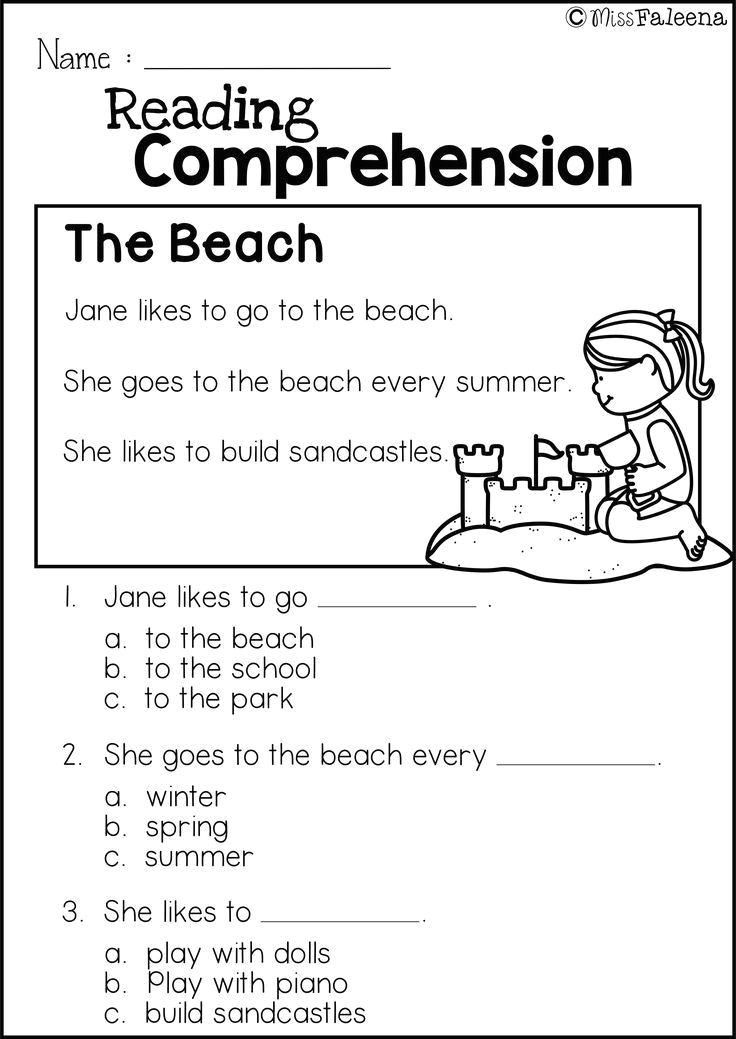
- When children begin to write, they run the risk of criticism, and it takes courage to continue. Our job as parents is to help children find the courage. We can do it by expressing our appreciation of their efforts.
Activity 10: Look for books
The main thing is to find books you both love. They will shape your child's first impression of the world of reading.
What you'll need:
Good books
What to do:
- Ask friends, neighbors, and teachers to share the titles of their favorite books.
- Visit your local public library, and as early as possible, get your child a library card. Ask the librarian for help in selecting books. Have your child join you in browsing for books and making selections.
- Look for award-winning books. Each year the American Library Association selects children's books for the Caldecott Medal for illustrations and the Newbery Medal for writing.
- Check the book review section of the newspapers and magazines for the recommended new children's books.
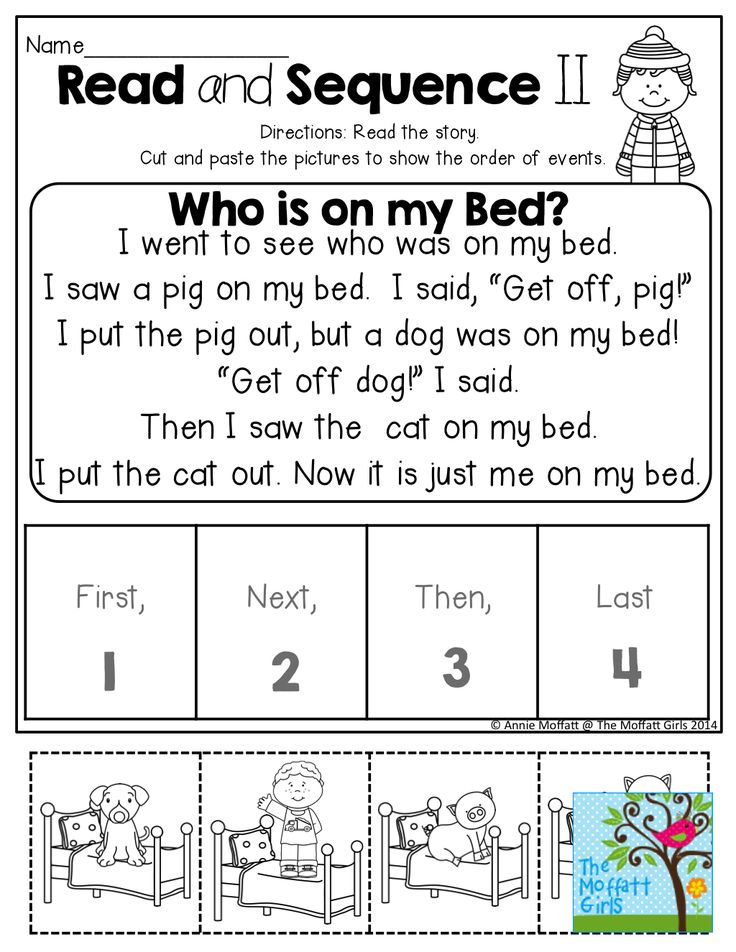
- If you and your child don't enjoy reading a particular book, put it aside and pick up another one.
- Keep in mind that your child's reading level and listening level are different. When you read easy books, beginning readers will soon be reading along with you. When you read more advanced books, you instill a love of stories, and you build the motivation that transforms children into lifelong readers.
Activity 11: Read to me
It's important to read to your child, but equally important to listen to them read to you. Children thrive on having someone appreciate their developing skills.
What you'll need:
Books at your child's reading level
What to do:
- Listen carefully as your child reads.
- Take turns. You read a paragraph and have your child read the next one or you read half the page and your child reads the other half. As your child becomes more at ease with reading aloud, take turns reading a full page. Keep in mind that your child may be focusing more on how to read the words than what they mean, and your reading helps to keep the story alive.
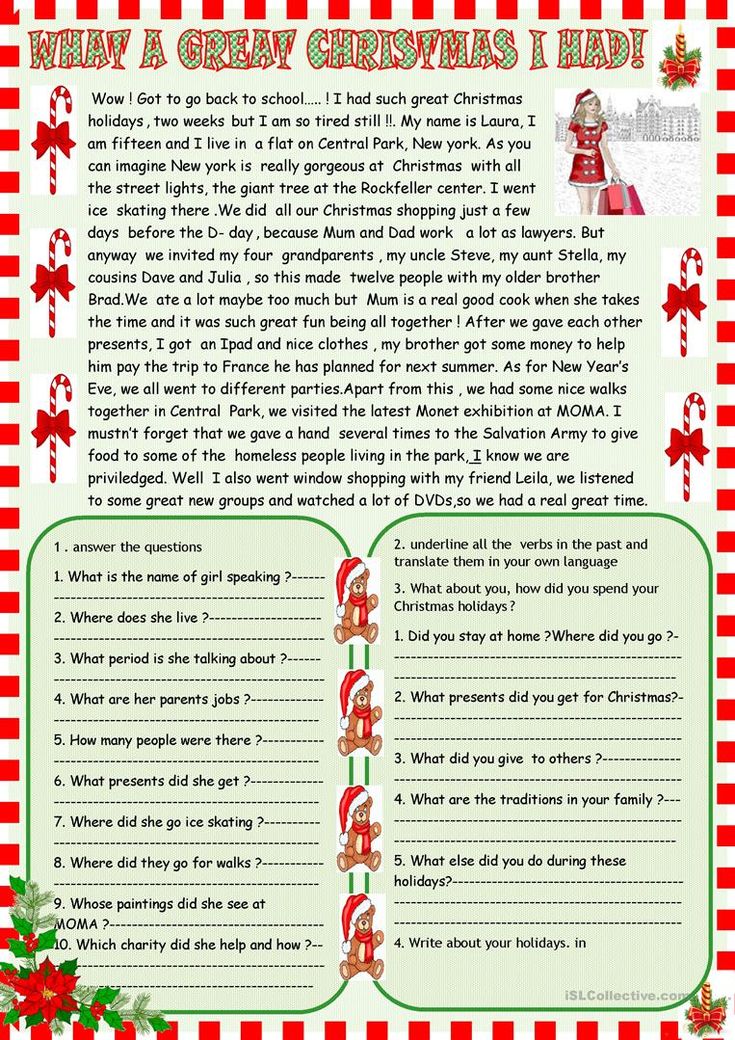
- If your child has trouble reading words, you can help him or her in several ways:
- Ask the child to skip over the word, read the rest of the sentence, and then say what would make sense in the story for the missing word.
- Guide the child to use what he or she knows about letter sounds.
- Supply the correct word.
- Tell your child how proud you are of his or her efforts and skills.
Listening to your child read aloud provides opportunities for you to express appreciation of his or her new skills and for them to practice their reading. Most importantly, this is another way to enjoy reading together.
Activity 12: Family stories
Family stories enrich the relationship between parent and child.
What you'll need:
Time set aside for talking with your child.
What to do:
- Tell your child stories about your parents and grandparents. You might even put these stories in a book and add old family photographs.
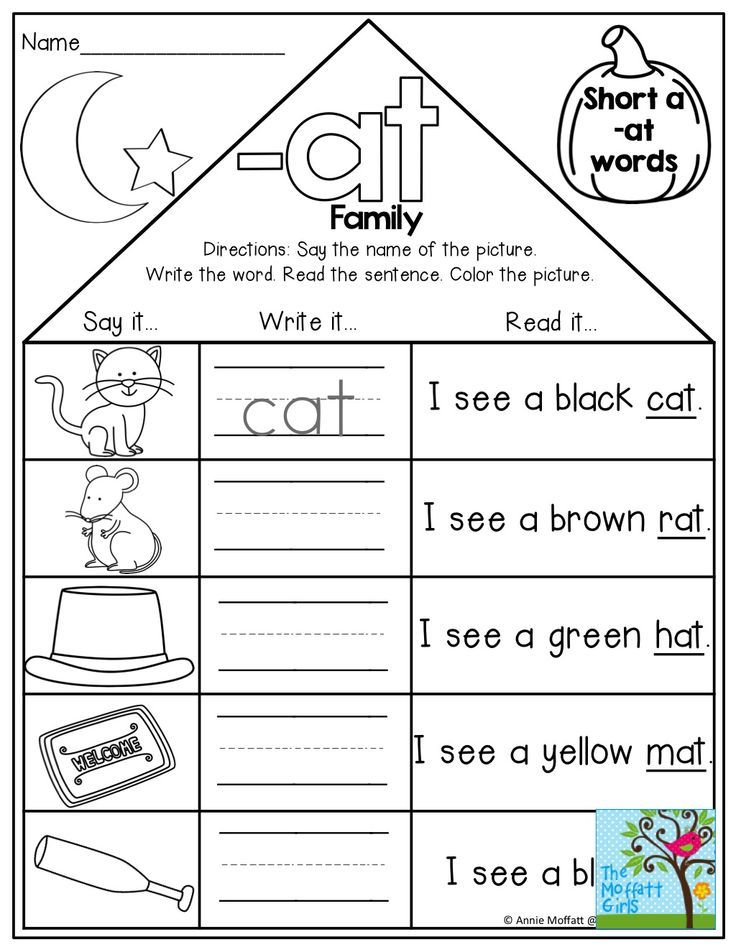
- Have your child tell you stories about what happened on special days, such as holidays, birthdays, and family vacations.
- Reminisce about when you were little. Describe things that happened at school involving teachers and subjects you were studying. Talk about your brothers, sisters, or friends.
- Write a trip journal with your child to create a new family story. Recording the day's events and pasting the photographs into the journal ties the family story to a written record. You can include everyday trips like going to the market or the park.
- It helps for children to know that stories come from real people and are about real events. When children listen to stories, they hear the voice of the storyteller. This helps them hear the words when they learn to read aloud or read silently.
Activity 13: P.S. I love you
Something important happens when children receive and write letters. They realize that the printed word has a purpose.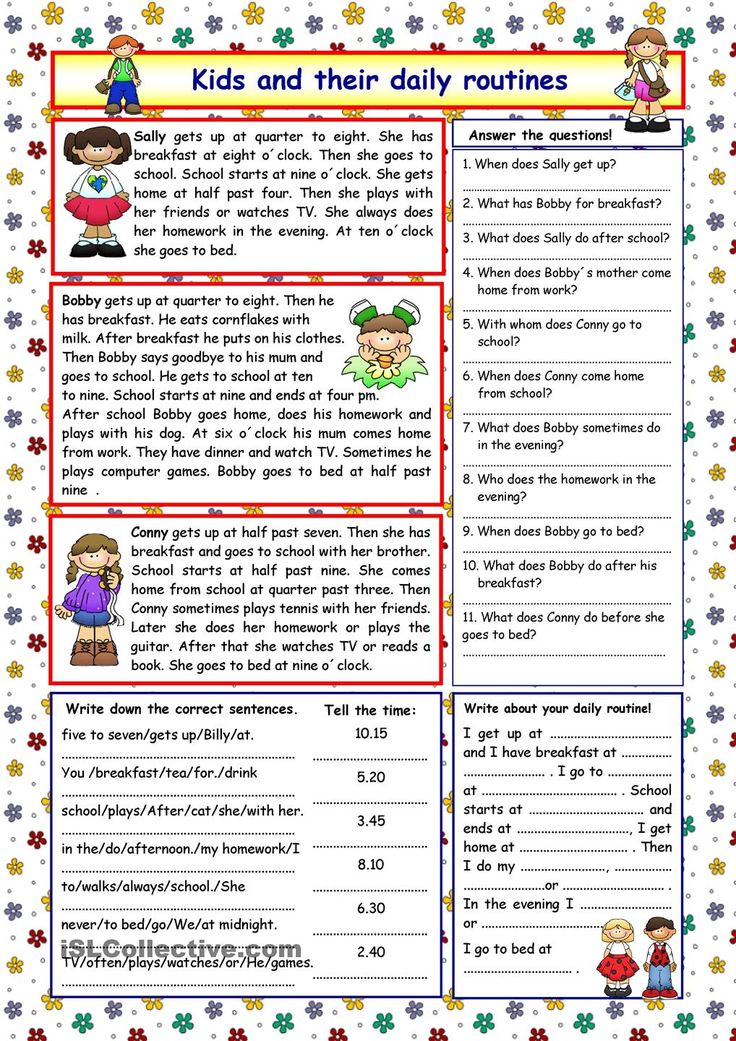
What you'll need:
- Paper
- Pencil, crayon, or marker
What to do:
Language is speaking listening, reading, and writing. Each element supports and enriches the others. Sending letters will help children become better writers, and writing will make them better readers.
Activities for grades 3–6: encouraging the young reader
Activity 14: Good books make reading fun
Stories for young children should be of all kinds – folktales, funny tales, exciting tales, tales of the wondrous and stories that tell of everyday things.
What you'll need:
A variety of interesting books
What to do:
- An essential step in learning to read is good books read aloud. Parents who read aloud to their children are teaching literacy concepts simply by sharing books. Encourage your children to listen, ponder, make comments, and ask questions.
- Be flexible enough to quickly abandon a book that does not appeal after a reasonable try at reading it.
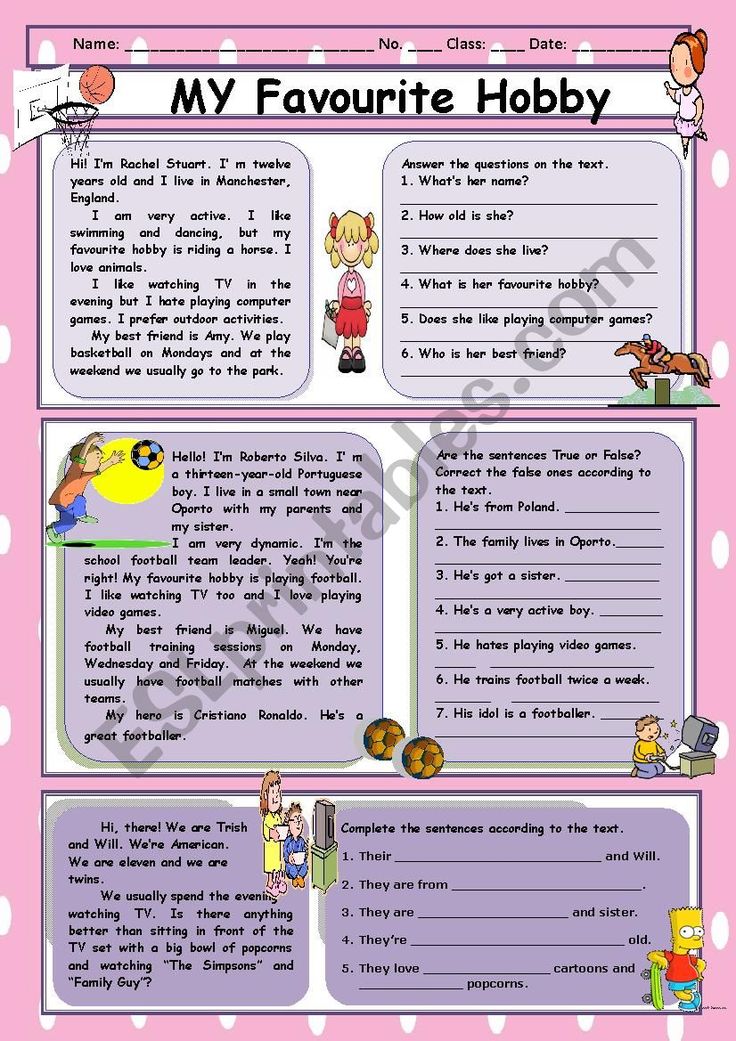 No one is meant to enjoy every book. And no one, especially a child, should be forced to read or listen to books that bore.
No one is meant to enjoy every book. And no one, especially a child, should be forced to read or listen to books that bore. - Even after children have outgrown picture books they still enjoy hearing a story read aloud. Hearing a good story read well, especially if it is just a little beyond a child's own capabilities, is an excellent way to encourage independent reading. Not all books are best read aloud; some are better enjoyed silently.
- There are plenty of children's books that are twice as satisfying when they are shared a chapter at a time before bed or during long car rides. There are some books that children should not miss, books that they will want to hear many times and ultimately read for themselves.
- Young children want to read what makes them laugh or cry, shiver and gasp. They must have stories and poems that reflect what they themselves have felt. They need the thrill of imagining, of being for a time in some character's shoes for a spine-tingling adventure.
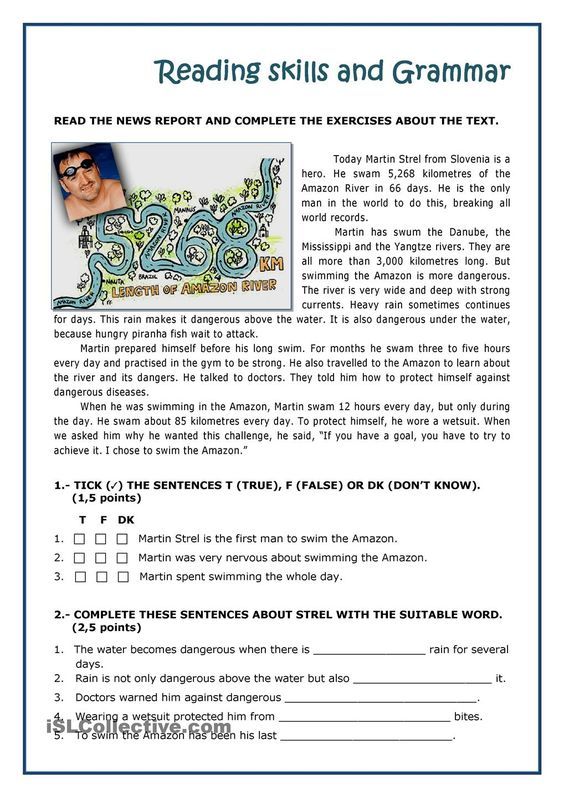 They want to experience the delight and amazement that comes with hearing playful language. For children, reading must be equated with enjoying, imagining, wondering, and reacting with feeling. If not, we should not be surprised if they refuse to read. So let your child sometime choose the story or book that they want you to read to them.
They want to experience the delight and amazement that comes with hearing playful language. For children, reading must be equated with enjoying, imagining, wondering, and reacting with feeling. If not, we should not be surprised if they refuse to read. So let your child sometime choose the story or book that they want you to read to them.
Give your child many opportunities to read and write stories, lists, messages, letters, notes, and postcards to relatives and friends. Since the skills for reading and writing reinforce one another, your child's skills and proficiency in reading and writing will be strengthened if you help your child connect reading to writing and writing to reading.
Activity 15: Artful artists
Children love to be creative when it comes to drawing, and illustrations add visual imagery to stories.
What you'll need:
- Drawing paper
- Pens and pencils
- Magic markers or crayons
What to do:
Find a fable, fairy tale, or other short story for your child to read.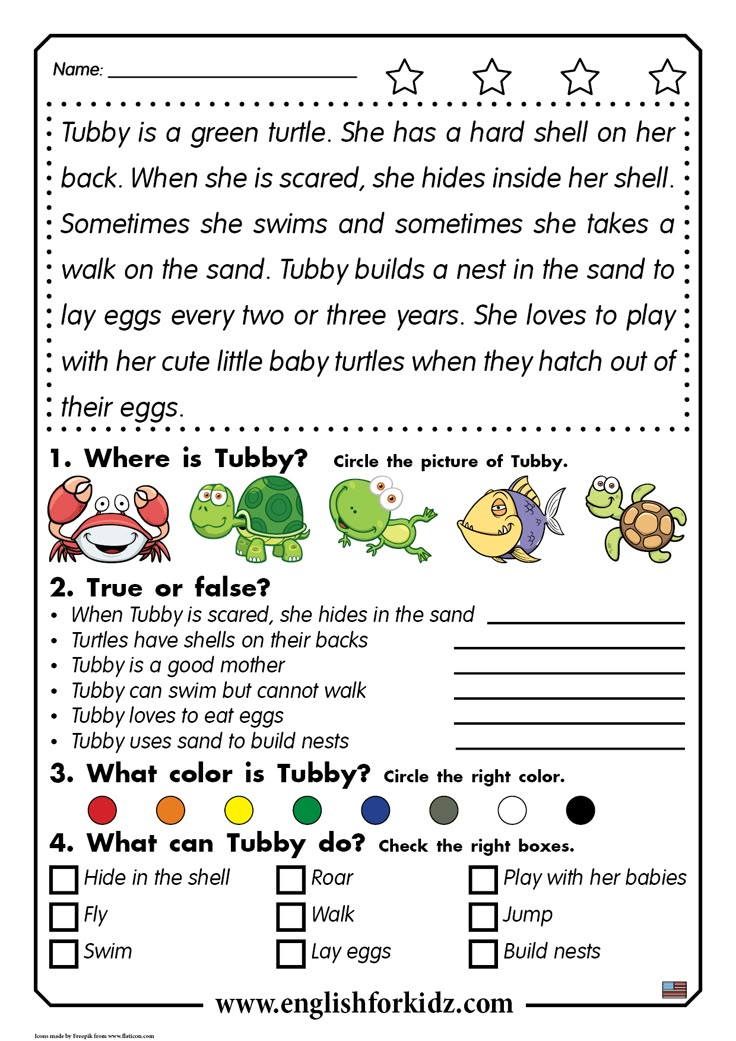 Then ask your child to illustrate a part of the story he or she likes best or describe a favorite character. Have the child dictate or write a few sentences that tell about this picture.
Then ask your child to illustrate a part of the story he or she likes best or describe a favorite character. Have the child dictate or write a few sentences that tell about this picture.
Activity 16: Shopping your way with words
Use your weekly shopping trip as an opportunity to help your child develop reading and writing skills.
What you'll need:
- Paper and pencils
- Newspaper ads
- Supermarket coupons
What to do:
As you make out your grocery shopping list, give your child a sheet of paper and read the items to him or her. If the child asks for spelling help, write the words correctly for him or her to copy or spell the words aloud as your child writes them.
Ask your child to look through the newspaper ads to find the prices of as many items as possible. Your child can write these prices on the list and then look through your coupons to select the ones you can use. Take your child to the supermarket and ask him or her to read each item to you as you shop.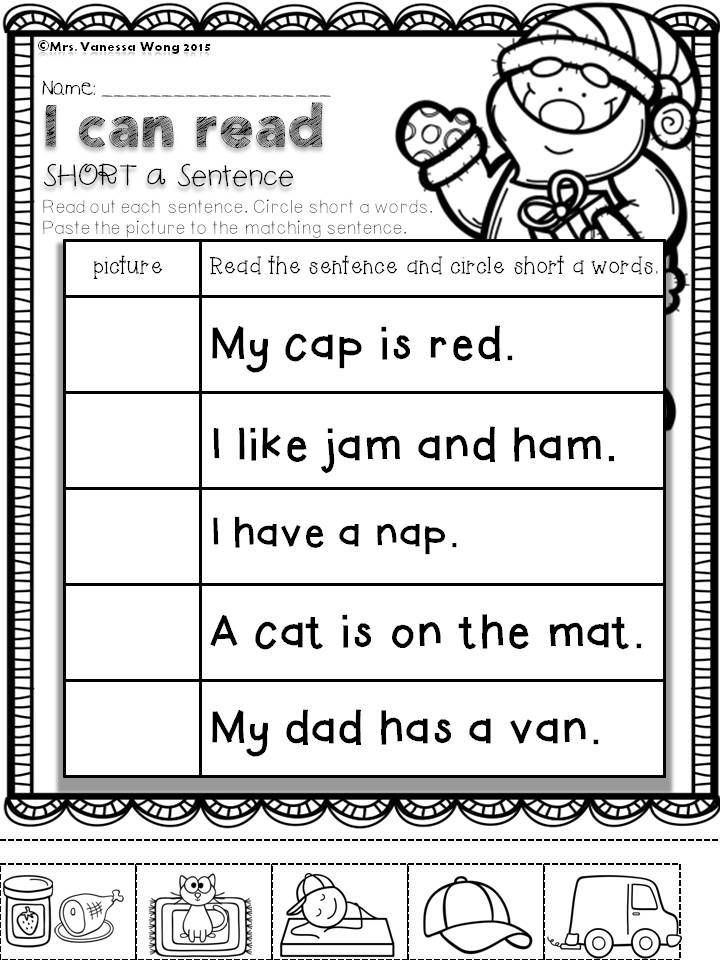
Activity 17: Cookbooking
Cooking is always a delight for children, especially when they can eat the results!
What you'll need:
- Easy-to-read recipes
- Cooking utensils
- Paper and pencils
What to do:
Show your child a recipe and go over it together. Ask your child to read the recipe to you as you work, and tell the child that each step must be done in a special order. Let your child help mix the ingredients. Allow your child to write down other recipes from the cookbook that he or she would like to help make.
Activity 18: Dictionary words
A dictionary is a valuable learning tool, especially if your child makes up his or her own booklet of words that are challenging.
What you'll need:
- Paper and pencils
- A stapler
- Old magazines
- Newspaper and supplements
What to do:
Encourage your child to make a dictionary by putting together several sheets of paper for a booklet.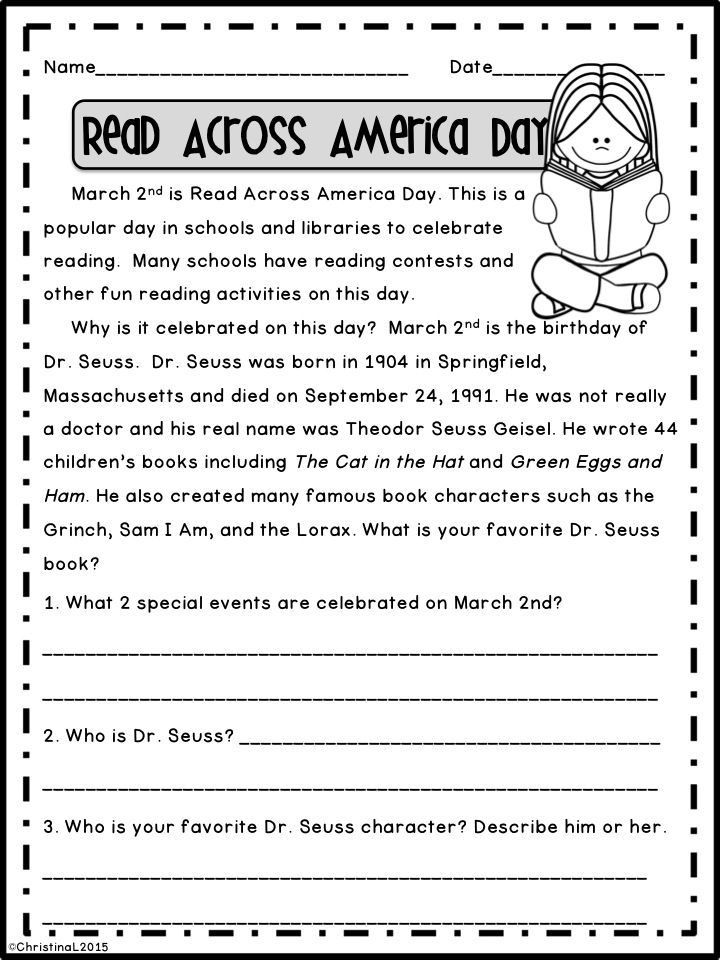 Ask your child to write at the top of each page a new word he or she has recently learned. If the word can be shown in a picture, have him or her look through magazines and newspapers to find pictures that illustrate the words and paste them on the correct pages.
Ask your child to write at the top of each page a new word he or she has recently learned. If the word can be shown in a picture, have him or her look through magazines and newspapers to find pictures that illustrate the words and paste them on the correct pages.
Have your child write the meaning of each word and a sentence using each new word. Your child can then use some or all of these sentences as the basis for a creative story. Have your child read this story to you and other family members.
Activity 19: Journals
Keeping a journal is a way for your child to write down daily events and record his or her thoughts.
What you'll need:
Two notebooks - one for your child and one for you!
What to do:
Help your child start a journal. Say what it is and discuss topics that can be written about, such as making a new friend, an interesting school or home activity just completed, or how your child felt on the first day of school. Encourage your child to come up with other ideas. Keep a journal yourself and compare notes at the end of the week. You and your child each can read aloud parts of your journals that you want to share.
Keep a journal yourself and compare notes at the end of the week. You and your child each can read aloud parts of your journals that you want to share.
Activity 20: Greetings and salutations
Everyone loves to get mail, especially when the card has been personally designed.
What you'll need:
- Paper and pencils
- Crayons and magic markers
- Stamps and envelopes
What to do:
Ask your child to list the birthdays of family members, relatives, and friends. Show your child some store-bought birthday cards with funny, serious, or thought-provoking messages. Your child can then create his or her own birthday card by using a folded piece of paper, making an attractive cover, and writing a short verse inside. Then your child can mail the cards to friends and relatives for their birthdays.
Activity 21: Giving the gift of reading
Reading a book is more fun when you have a homemade bookmark to mark your spot.
What you'll need:
- Pieces of lightweight cardboard
- Pens and pencils
- Paper
- Crayons and magic markers
What to do:
Provide your child with a piece of cardboard about 6" long and 2" wide.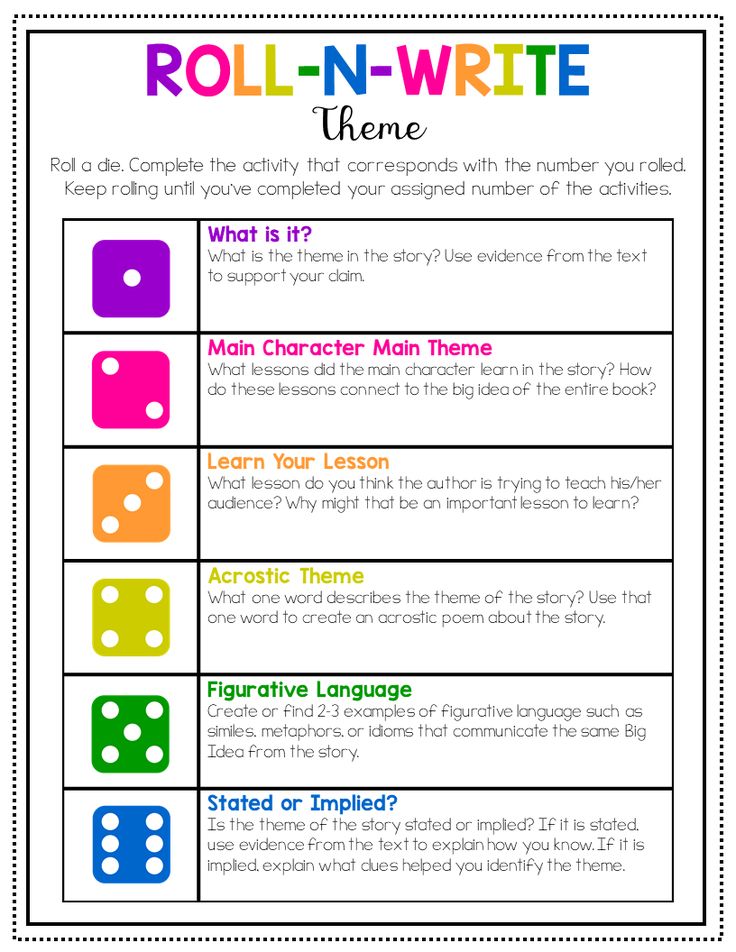 On one side of the bookmark, have your child draw a picture of a scene from a book he or she has read. On the other side, ask your child to write the name of the book, its author, publisher, publication date, and a few sentences about the book. After making several of these bookmarks, you might ask the child to send them to friends and relatives as gifts accompanied by a short note.
On one side of the bookmark, have your child draw a picture of a scene from a book he or she has read. On the other side, ask your child to write the name of the book, its author, publisher, publication date, and a few sentences about the book. After making several of these bookmarks, you might ask the child to send them to friends and relatives as gifts accompanied by a short note.
Activity 22: Let your fingers do the walking
The telephone book contains a wealth of information and is a good tool for reading and writing.
What you'll need:
- A telephone book, including the yellow pages
- Paper and pencils
What to do:
Have your child look through the yellow pages of the telephone directory, select a particular service, and write a clever or funny ad for it. Have your child read this ad to you. Help your child to find your own or a friend's listing in the white pages of the telephone book. Explain the different entries (for example, last name and address), along with the abbreviations commonly used.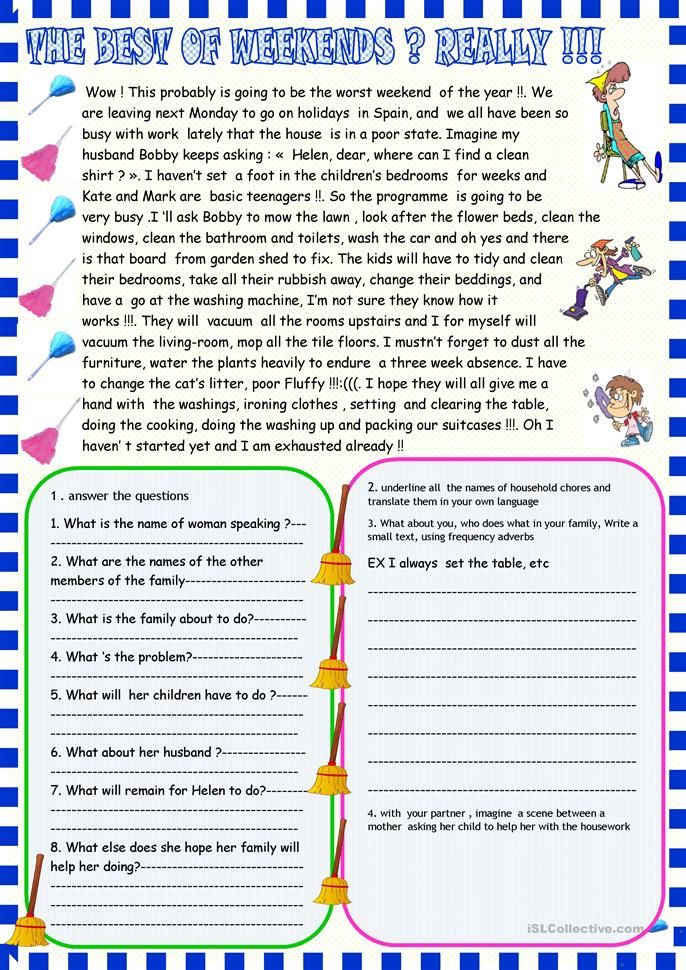
Activity 23: Map your way to success
Children love to read road maps and this activity actually helps them with geography.
What you'll need:
- A road map or atlas
- Paper and pencil
- Stamps and envelopes
What to do:
When planning a vacation, let your child see the road map and help you plan where you will drive. Talk about where you will start and where you will end up. Let your child follow the route between these two points. Encourage your child to write to the Chamber of Commerce for brochures about places you will see on your trip.
Activity 24: What's in the news?
Newspapers are a form of daily communication with the outside world, and provide lots of learning activities for children.
What you'll need:
- Newspapers
- Scissors
- Colored pencils
What to do:
- Clip out an interesting news story and cut the paragraphs apart. Ask your child to read the paragraphs and put them in order.
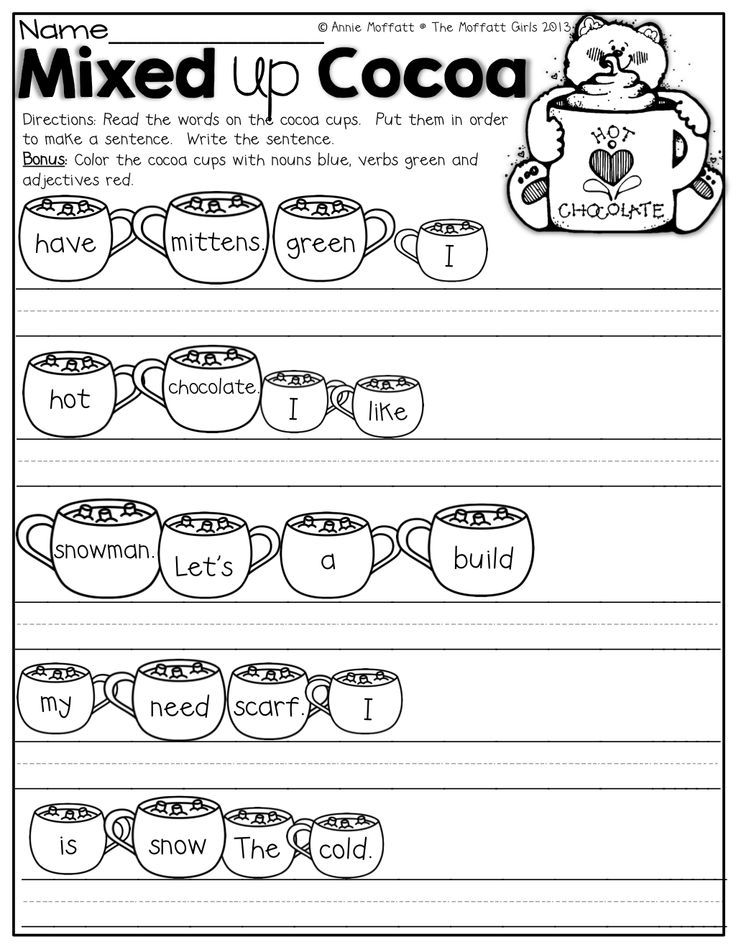
- Ask your child to read a short editorial printed in your local newspaper and to underline all the facts with a green pencil and all the opinions with an orange pencil.
- Pictures fascinate children of all ages. Clip pictures in the newspaper. Ask your child to tell you about the picture or list adjectives to describe the picture.
- Do you take your child to the movies? Have your child first look up the movie page by using the index in the newspaper. After a movie has been chosen, have your child study the picture or text in the ad and tell you what he or she thinks the movie is about.
- Have your child pick a headline and turn it into a question. Then the child can read the article to see if the question is answered.
- Ask your child to clip food coupons from the newspaper for your grocery shopping trips. First, talk about which products you use and which you do not. Then the child can cut out the right coupons and putt hem into categories such as drinks and breakfast items.
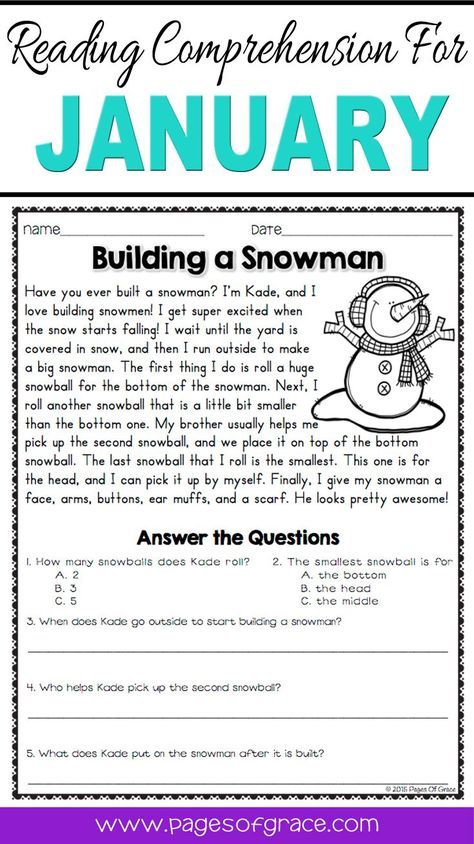 You can then cash in the coupons at the store.
You can then cash in the coupons at the store. - Pick out an interesting article from the newspaper. As you are preparing lunch or dinner, tell your child that you are busy and ask him or her to read the article to you.
- Many newspapers publish materials especially written for children, such as the syndicated "Mini Page," "Pennywhistle Press," and "Dynamite Kids." In addition, some newspapers publish weekly columns for children, as well as tabloids and summer supplements written by educators.
Activity 25: Using television to stimulate reading
What child doesn't enjoy watching TV? Capitalize on this form of entertainment and use TV to help rather than hinder your child's learning.
Some important ideas to consider before turning on the TV: Limit in some way the amount of TV your child watches so as to leave time for reading and other activities. Decide how much time should be set aside for watching TV each day.
Serve as an example by limiting the amount of TV you yourself watch.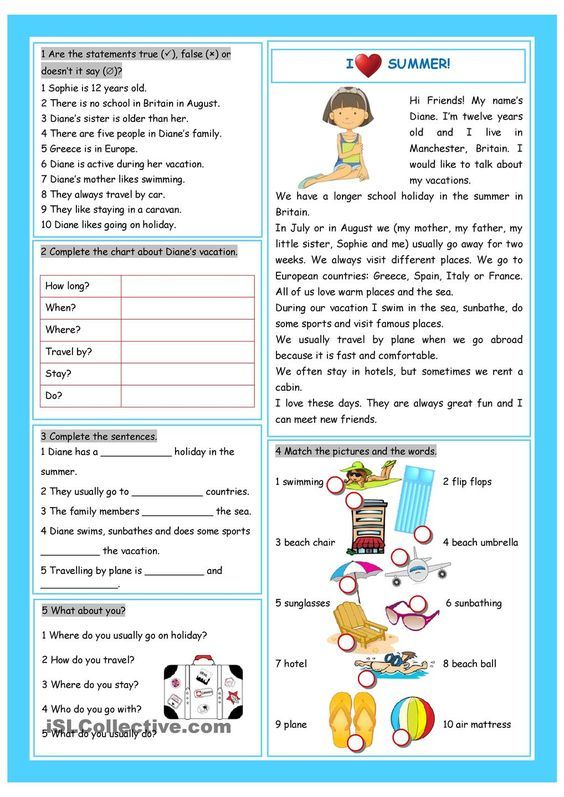 Have time when the TV set is off and the entire family reads something. You may want to watch TV only for special shows. Before the TV set is turned on, encourage your child to select the programs he or she wishes to watch. Ask your child to give you the reason for the choices made.
Have time when the TV set is off and the entire family reads something. You may want to watch TV only for special shows. Before the TV set is turned on, encourage your child to select the programs he or she wishes to watch. Ask your child to give you the reason for the choices made.
In addition, watch some of the same TV programs your child watches. This helps you as a parent share in some of your child's daily activities.
What you'll need:
- A TV
- A TV selection guide
- Colored highlighters
- A calendar page for each month
- Paper and pencils
What to do:
- Ask your child to tell you about favorite TV characters using different kinds of words.
- As your child watches commercials on television, ask him or her to invent a product and write slogans or an ad for it.
- Encourage your child to watch such programs as Reading Rainbow. Urge older children to watch such programs as 60 Minutes and selected documentaries.
 These programs are informative. Discuss interesting ideas covered in the programs and direct your child to maps, encyclopedias, fiction, or popular children's magazines for more information.
These programs are informative. Discuss interesting ideas covered in the programs and direct your child to maps, encyclopedias, fiction, or popular children's magazines for more information. - Have your child name 10 of his or her favorite shows. Ask your child to put them into categories according to the type of show they are, such as family shows, cartoons, situation comedies, sports, science fiction, or news and information. If you find the selection is not varied enough, you might suggest a few others that would broaden experiences.
- Prepare a monthly calendar with symbols such as a picture of the sun to represent an outdoor activity or a picture of a book to represent reading. Each time your child engages in a daily free time activity, encourage him or her to paste a symbol on the correct calendar date. This will give you an idea of how your child spends his or her free time. It also encourages a varied schedule.
- Ask each child in your family to pick a different color.
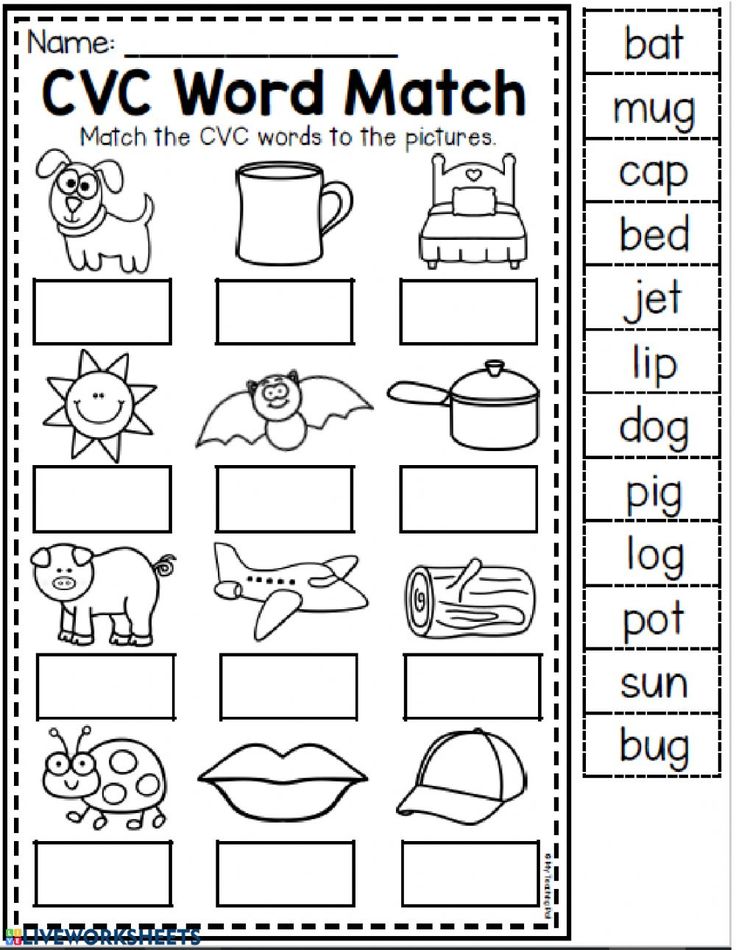 Using the TV listing, have each child use this color to circle one TV program that he or she wants to watch each day. Alternate who gets first choice. This serves two purposes. It limits the amount of time watching TV and it encourages discriminating viewing.
Using the TV listing, have each child use this color to circle one TV program that he or she wants to watch each day. Alternate who gets first choice. This serves two purposes. It limits the amount of time watching TV and it encourages discriminating viewing. - Devise a rating scale from 1 to 5. Ask your child to give a number to a certain TV program and to explain why such a rating was given.
- Have your child keep a weekly TV log and write down five unfamiliar words heard or seen each week. Encourage your child to look up the meanings of these words in the dictionary or talk about them with you.
27 Fun Reading Activities for Reluctant Readers | Prodigy Education
Learning to read is a huge milestone in a child’s life. We all know how important a love of reading is for future learning. When children love to read, they can learn anything.
Make sure your children keep the joy of reading alive by using fun reading activities along with traditional reading strategies.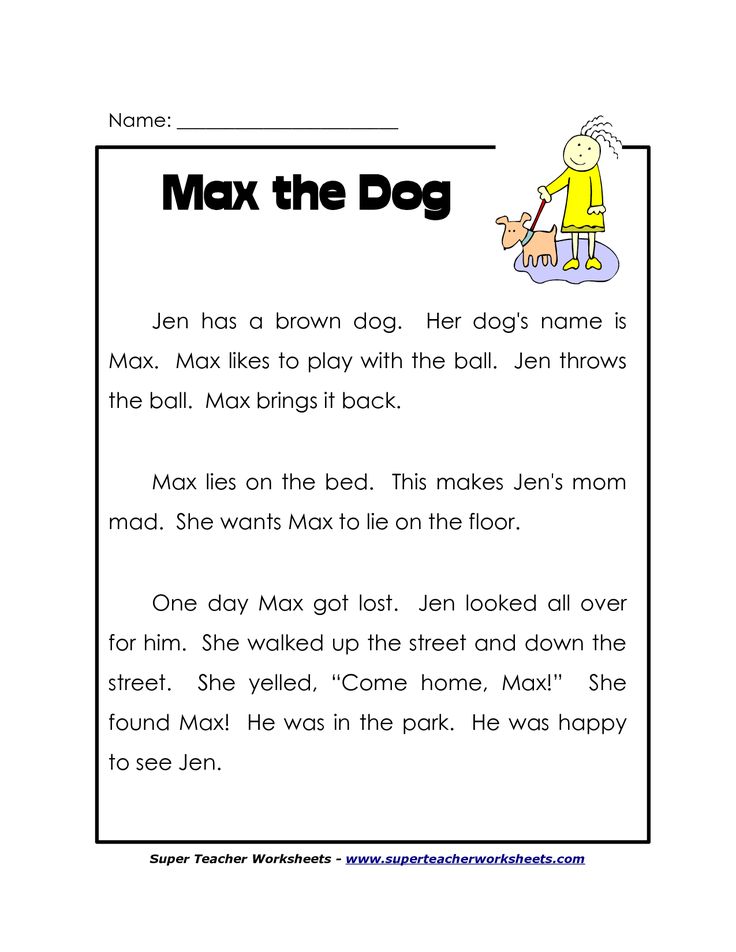
These fun daily moments can improve reading skills and help reluctant readers find joy in the written word. We’ll be covering reading activities by grade level both for the classroom and at home, as well as some activities to improve reading comprehension after your students are reading independently.
Fun reading activities for the classroom
Though many children begin the basics of reading at home, most solidify their skills and become accomplished readers in the classroom. These activities keep early readers engaged and improving while helping reluctant readers master the basics. Here are our favorite ways to keep reading fun!
1. Find the secret word
Great for: Kindergarten to 2nd grade
Turn a reading lesson into a scavenger hunt! Give each student or pair of students a piece of text, then speak the first secret word. Once they find it, have them circle it in a specific color, or circle and number, then report back to you for word #2.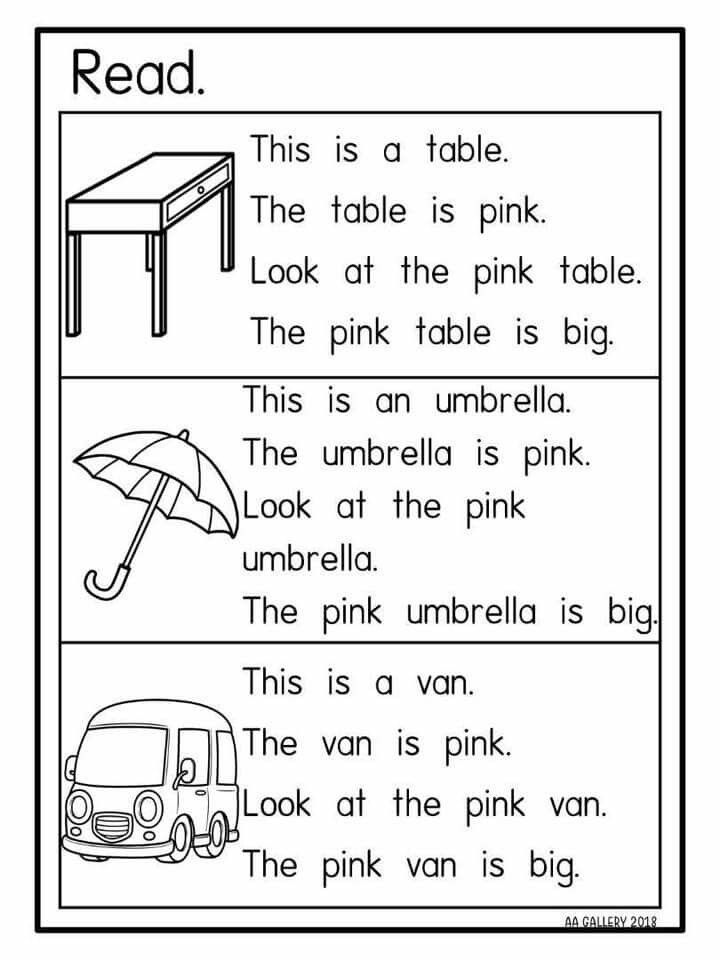
Keep this word search up for as long as you like — we recommend choosing about 8 to 10 words for students to find. It’s one part competition, one part scavenger hunt! Choose a prize for each team to receive when they complete the activity. Or celebrate everyone reaching the end with a classroom dance party! It’s a great way to keep your kids moving and learning.
2. Read aloud as a class
Great for: All grades
Kids are never too old to hear a story read aloud. Reading aloud as a class is a great way to keep kids engrossed in a story. Since you are most familiar with the text, you can keep the flow going during the dramatic moments. Then hand it off to your students to take their turns.
Want to add a new element to your classroom read-aloud? Pass around a ball or stuffed animal to indicate the next reader. It’s a variation of popcorn reading to help minimize reading anxiety, and it gives kids the power to pass it on after spending a short time reading.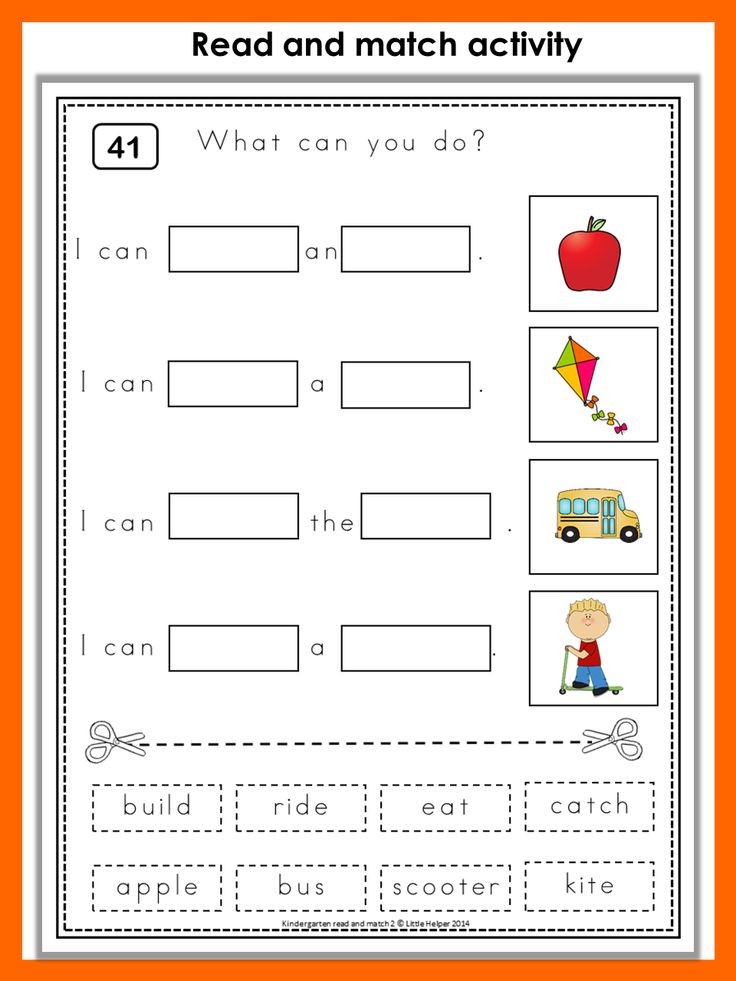
3. Partner reading
Great for: 1st to 3rd grade
Sometimes trying to get the whole class to read together is just too much. To encourage more reading time, pair up your students for partner reading.
During partner reading, each child will get more time to practice their skills. And being corrected privately by one friend may be better for a struggling reader’s confidence. Try to pair a confident but patient reader with those who need some extra help and watch them both learn to succeed.
4. Find the synonym
Great for: 2nd to 5th grade
Once your readers are feeling more confident, take our scavenger hunt game mentioned above and add a new twist.
Instead of searching for the exact spoken words on your list, give students the challenge to find the word’s synonym in the text. It’s a great way to keep the game challenging for older students.
5. Word searches
Great for: Kindergarten to 2nd grade
For younger students, a word search is a challenging way to encourage early reading.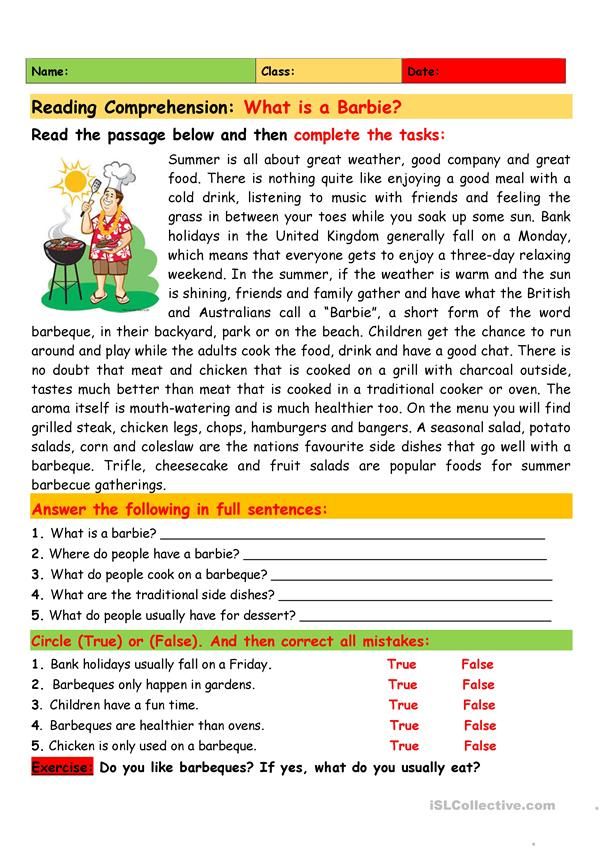 You can do this much like our scavenger hunt-style games, but instead of saying the words aloud, provide a list.
You can do this much like our scavenger hunt-style games, but instead of saying the words aloud, provide a list.
They can search for one word at a time, with you providing the next word to the team once the first is found. Or provide a full list from the beginning and let them work individually. Add in some color matching (marking the word in the same color as printed on the list) to keep this game fun and engaging.
6. Keyword bingo
Great for: 1st to 3rd grade
Looking for a calmer alternative to the secret word game? Have each child work individually in a game of reading bingo. Choose a grade-level text and compile a list of words found in the passage.
Read each word aloud, giving about 15 seconds before moving on to the next. It’s a race against your clock to find the words, or they can try to remember them while looking for the others. When they find the words, they can mark them out. Once the list is done, allow 20 more seconds to wrap up any remaining words, then pencils down and count.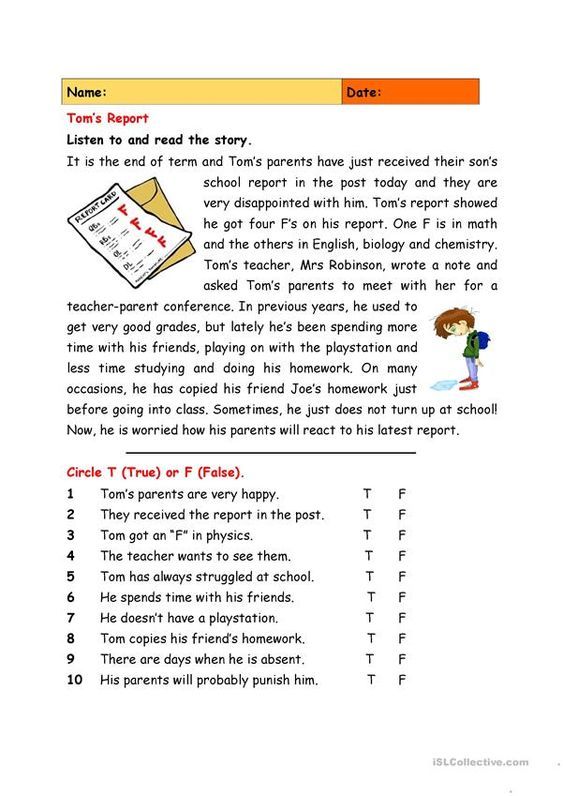 Whoever finds the most words, wins!
Whoever finds the most words, wins!
7. Decoding games
Great for: Kindergarten to 2nd grade
Decoding games focus on letter sounds and phonemic awareness. A favorite game for pre-readers is to say a letter and have students find an object that starts with that letter. As they bring the object back, reinforce the sound that letter makes.
Other decoding games can focus on the mechanics of reading — such as reading a word or sentence from left to right. This is a great time to utilize finger puppets, following along with a finger as you sound the words out together.
8. Thumbs up, thumbs down
Great for: Kindergarten to 5th grade
Thumbs up, thumbs down (or the higher energy variation — stand up, sit down) is a great game to keep your students engaged.
Check reading comprehension when you ask students to give a thumbs up if a statement about a recently read story is true, or a thumbs down if it’s false. Help them grasp grammar concepts by having them stand up when you say an adjective word or sit down if you say a noun.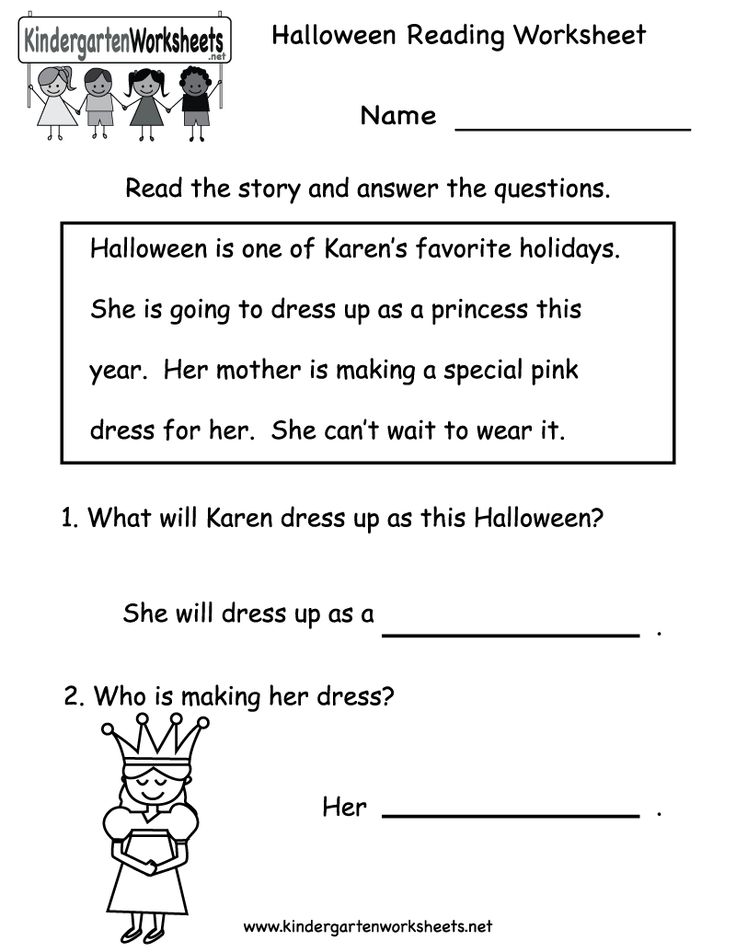
It’s a fun way to keep their bodies and brains working.
9. Discover the missing letter
Great for: Kindergarten to 2nd grade
When you’re teaching letter sounds, it’s fun to get creative. In this game, you’ll call your students to the front of the class by their names — minus the first letter. For example, Stacy becomes tacy and Roland becomes oland. Let the kids guess who you’re calling up, then have them decode the missing letter.
You can do the same thing for objects, or drop middle letters for older children. Just be sure to prepare your words ahead of time to avoid any slip-ups!
10. Guided reading ball game
Great for: 2nd to 7th grade
Grab a few beach balls from your local dollar store and get your classroom moving. Take a sharpie and write a discussion prompt on each colorful section of the ball. What is the setting? Who is the main character? What happened after…?
Toss or roll the balls around.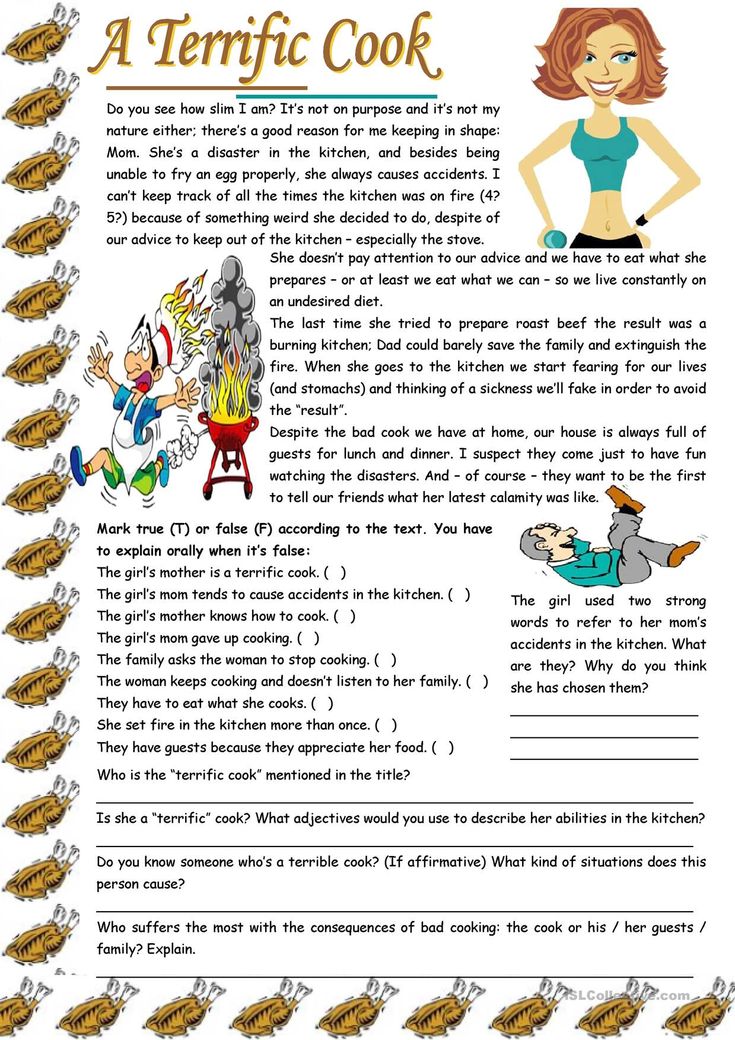 Students answer whichever question their thumb lands on when the ball heads their way. This is an exciting way to mix things up, practice reading comprehension and get kids thinking outside of their seats.
Students answer whichever question their thumb lands on when the ball heads their way. This is an exciting way to mix things up, practice reading comprehension and get kids thinking outside of their seats.
Reading activities for parents & children
Not all reading happens in the classroom! Parents can play an active role in helping their children learn to read. Here are a few activities to try with your kids.
1. Reading together
Great for: All grades and ages
There’s something special about listening to a book being read out loud. It can capture your attention in a unique way. Whether your child is a baby or fully grown, it’s always a good time to read together.
Take turns reading chapters from a favorite story, or just read to your child. Enjoying good stories is a huge motivator in learning to read.
2. Silly voices reading
Great for: Kindergarten to 4th grade
Kids love to laugh and joke, so play into this with a crazy story and silly voices.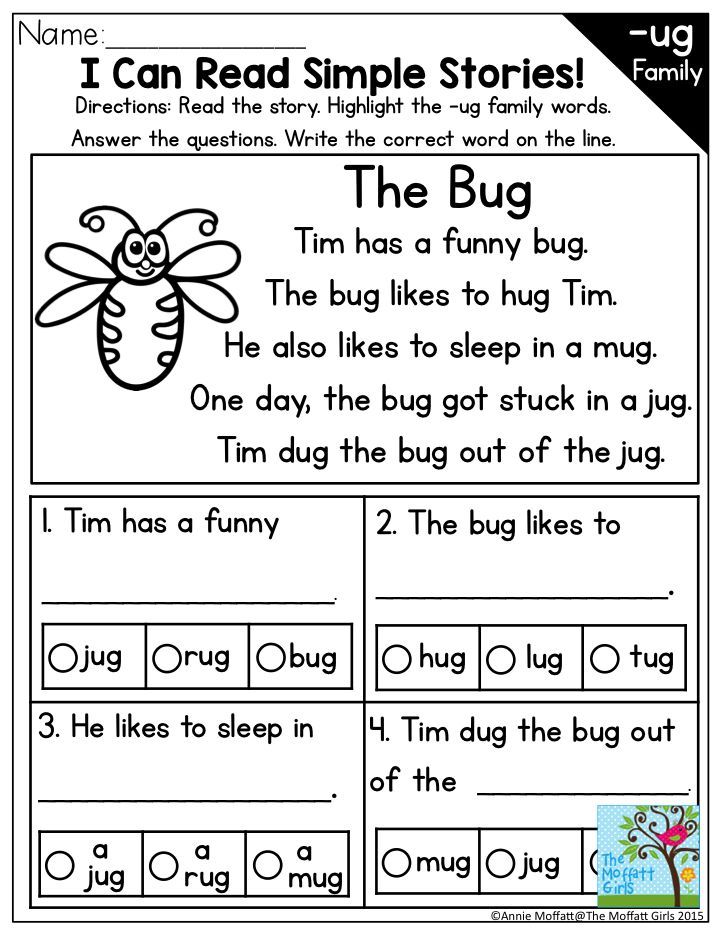 Get really high-pitched, speed it up like a chipmunk, and then pitch your voice low.
Get really high-pitched, speed it up like a chipmunk, and then pitch your voice low.
Your kids will love seeing these stories come to life with your words, and you’ll all share a good laugh. To get them involved in the fun, ask them to do their own silly voice!
3. Dialogic reading
Great for: Kindergarten to 2nd grade
The word dialogic means to have a dialogue, and that’s exactly what this activity is designed to do. Instead of reading to your child while they passively listen, invite them into the story. Ask them what they think may happen next, or at the close of the book invite them to create a completely different ending. This is a great way to stretch your little storyteller’s imagination.
4. Reading outside
Great for: Kindergarten to 2nd grade
Kids thrive outdoors. They can run, climb, and dig in the dirt. Outside is also a great place to practice reading and letter writing. Invite your child to help you create words in a sandbox or take a stick and dig a letter into the dirt.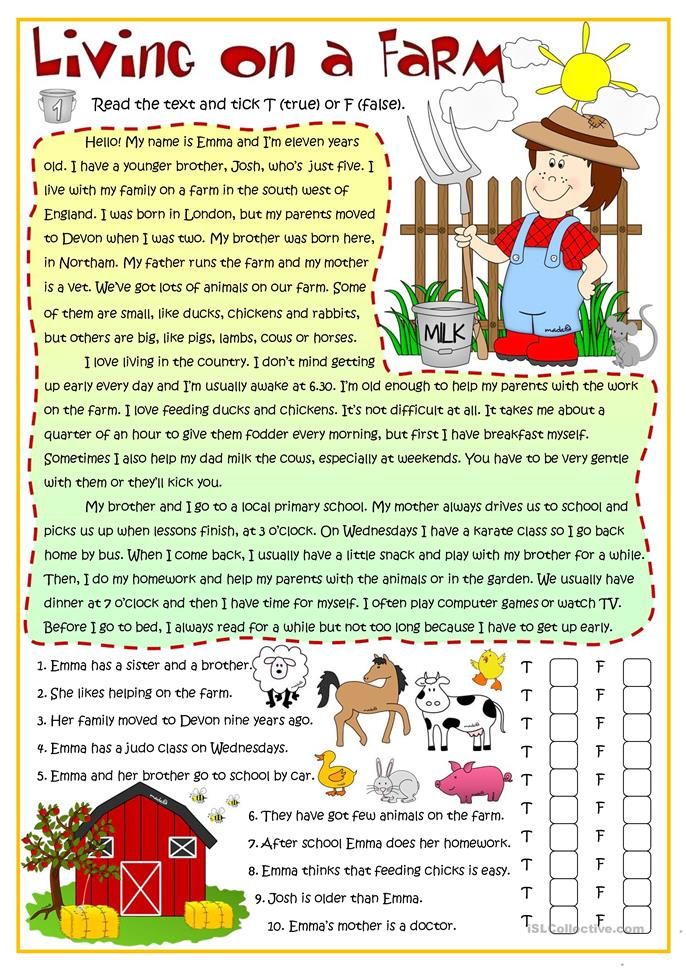
Older kids can simply take their reading outside. It’s amazing how refreshing a change of setting can be.
5. What word starts with…
Great for: Kindergarten to 1st grade
Letter sounds are an essential early reading tool. With this game, ask your child to think of words that start with “B” (or any other letter).
Give an example, like b-b-butterfly, then think of more “B” words together. Choose your child’s favorite things to keep the game fun and exciting. Early readers especially love to talk about the letters in their names.
6. Try nonfiction
Great for: All ages
You never know what a child may love to read. Though many kids enjoy a good princess or dragon story, others will prefer non-fiction books.
If your attempts at fiction are met with indifference, try a book about their favorite animal (sharks, dinosaurs, or lemurs are popular here), learn about space or strange weather events. Whatever your child is into, and whatever their reading level, there’s a book for them.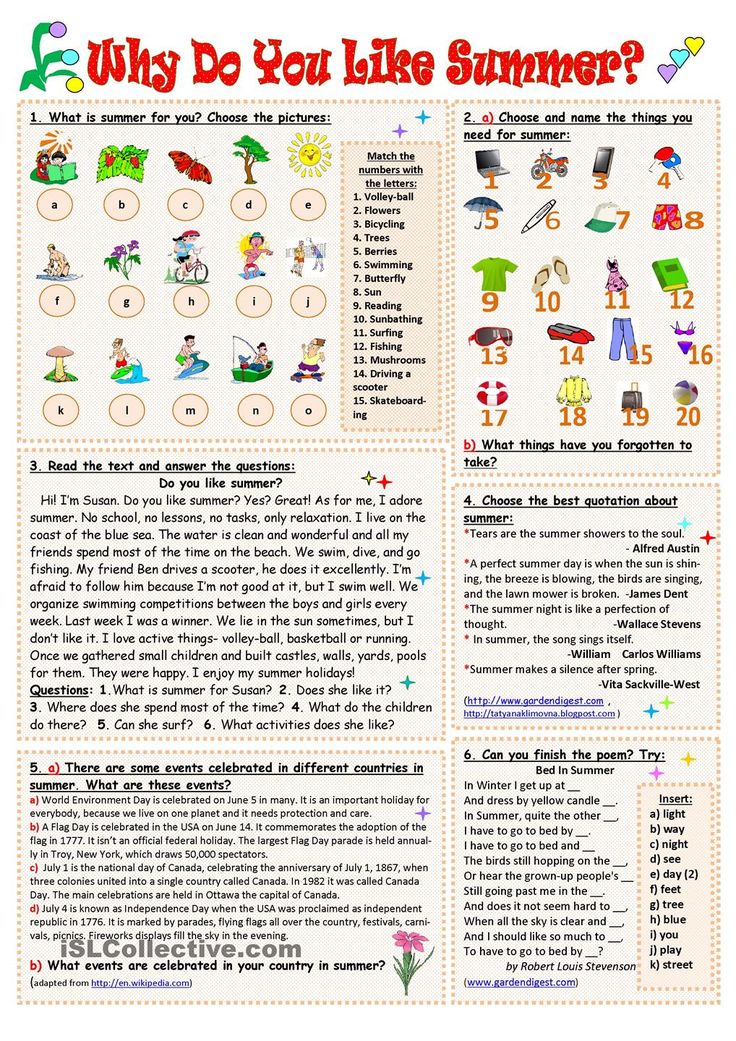
7. Create a “book nook”
Great for: All ages
A cozy spot dedicated to reading can add joy to the activity. Load up a corner or top bunk space with comfy pillows and blankets, make sure it has good lighting, and include some sticky notes and a dictionary. All your child needs to bring is their favorite book! Even better, snuggle in together and discover a new favorite with your child.
8. Who’s coming over?
Great for: Kindergarten to 5th grade
This game can be played in a couple of different ways, and both are great for reading comprehension. First, try giving clues so your child can guess their favorite characters. These favorites can be from books or TV. You can mention physical characteristics, some of their best friends, or things that happen to them. Keep giving clues until they guess correctly.
The second way to play is to invite a favorite character over and then discuss what you’ll need for their visit.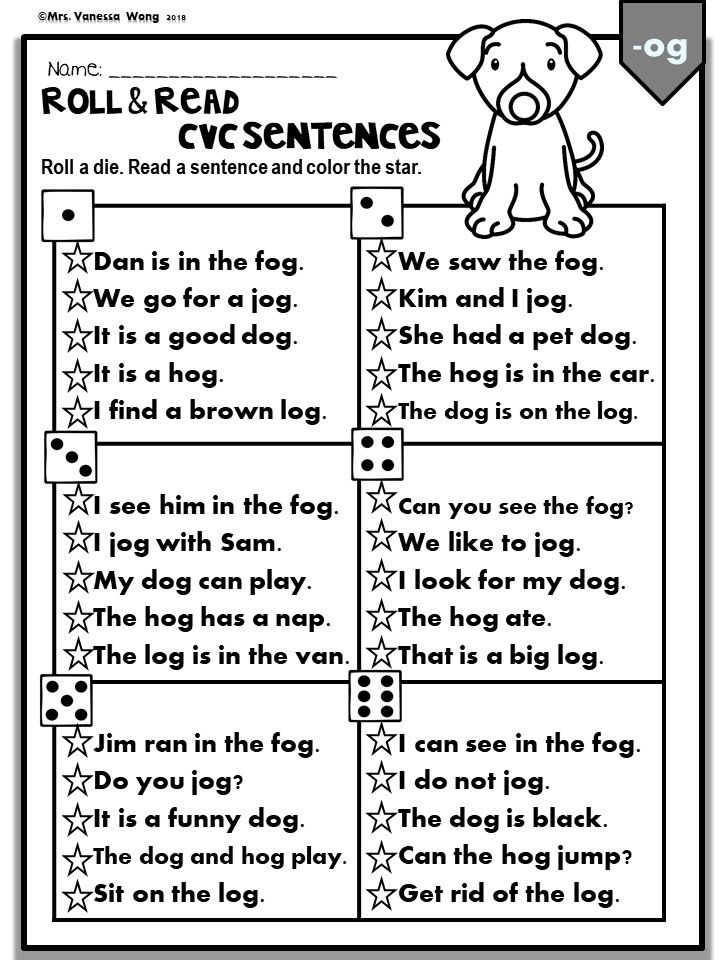 A special kind of bed, their favorite foods, or a place for their pet to stay are all things to consider. This is a fun way to create your own story around your child’s favorite characters.
A special kind of bed, their favorite foods, or a place for their pet to stay are all things to consider. This is a fun way to create your own story around your child’s favorite characters.
9. Take turns reading
Great for: Kindergarten to 4th grade
As your child begins to read you can invite them to read to you. Don’t push if they don’t want to, but as their confidence builds they’ll be excited to share their new skill with you.
This may look like you both taking turns reading a new chapter book, or they may want to share all the creature descriptions from their favorite new computer game. No matter the topic, do your best to listen intently and congratulate them on their reading skills.
10. What happens next?
Great for: Kindergarten to 4th grade
Keep reading fun and active when you step outside the book and asking your child what happens next:
- What do they think will happen?
- What would you like to see happen?
- What’s something funny that could happen?
Any question that gets them thinking through the story on their own is both fun and helpful for reading comprehension.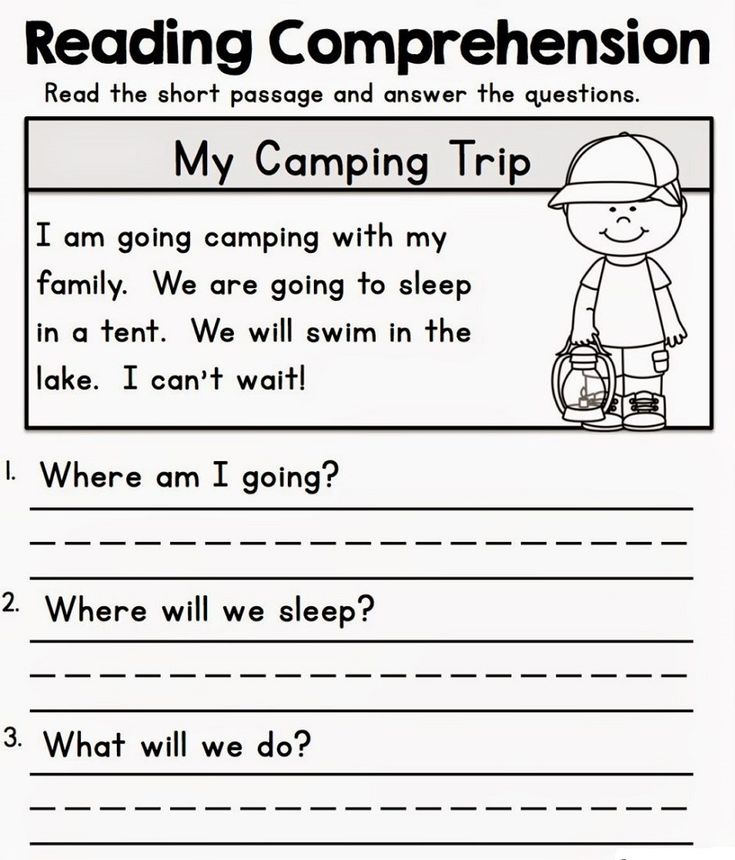
11. Talk about the pictures
Great for: Kindergarten to 2nd grade
Pictures are a great way for kids to follow along with a story. When your child is beginning to read, have them look at the pictures and ask what they think is going on. As they unravel the story, point out the words they are discovering in the text. Or just let them enjoy creating their own unique version of the story based on the pictures.
12. Try new reading apps and websites
Great for: All ages
There are some amazing reading apps for both reading instruction and digital reading libraries. If your child enjoys spending time on their tablet, give some of our favorite reading apps a try and watch them learn while they play.
Activities to try after reading
After your child is reading on their own, there’s still plenty to learn. Reading isn’t effective if they’re struggling to understand the words on the page, or how they all fit together to create the story.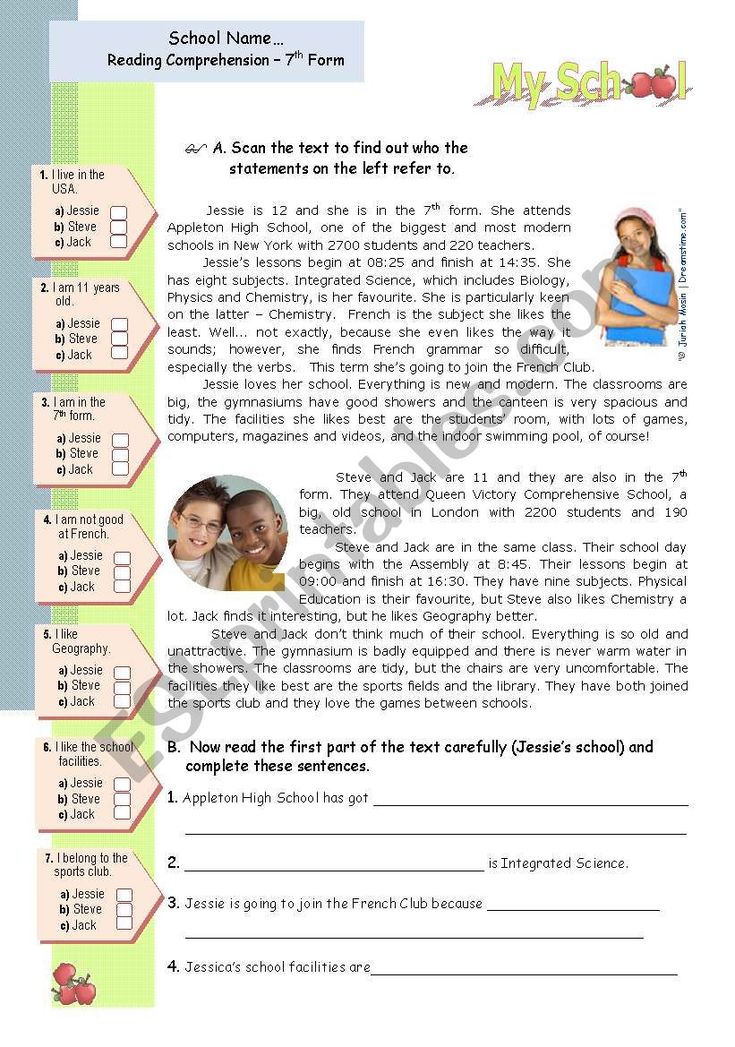 Here are a few activities for children to practice reading comprehension.
Here are a few activities for children to practice reading comprehension.
1. Summarize the text
Great for: All ages
Once a child is done reading a text or section of a book, have them revisit the main ideas by highlighting or taking notes on the text’s biggest themes. Once students identify the main themes, ask them to break them down further and quickly summarize the story.
2. Book reports
Great for: 2nd to 12th grade
Book reports are a classic reading activity. Have the child analyze the book, highlighting the most important themes. Older children can present arguments pertaining to the story, and provide passages to support their theories.
Keep book reports even more engaging when you invite kids to give a presentation, complete with dress-up and drama.
3. Review the book
Great for: 2nd to 12th grade
Ask children to rate their most recent reading. They can assign it a number of stars, but then they must also explain why. Was it too scary? Not funny? What were their favorite parts? What would they do differently?
Was it too scary? Not funny? What were their favorite parts? What would they do differently?
Not only does this help students think critically about what they’ve just read, but it can also help parents and teacher identify what they might like reading next.
4. Extend the story
Great for: Kindergarten to 12th grade
“And they lived happily ever after…”
Maybe so, but what happened next? Ask your child to keep the story going. Where do they go next? Who do they meet? Favorite characters can continue adventuring when your child takes over the story. This is a great writing prompt, or just a fun dinner conversation!
5. How could it have been better?
Great for: All ages
Everyone has an opinion, so ask your child for theirs. How could this book or story have been better? Would a different ending be more fun? Or maybe they just think the main character should be named after them.
No matter their critique, listen and discuss.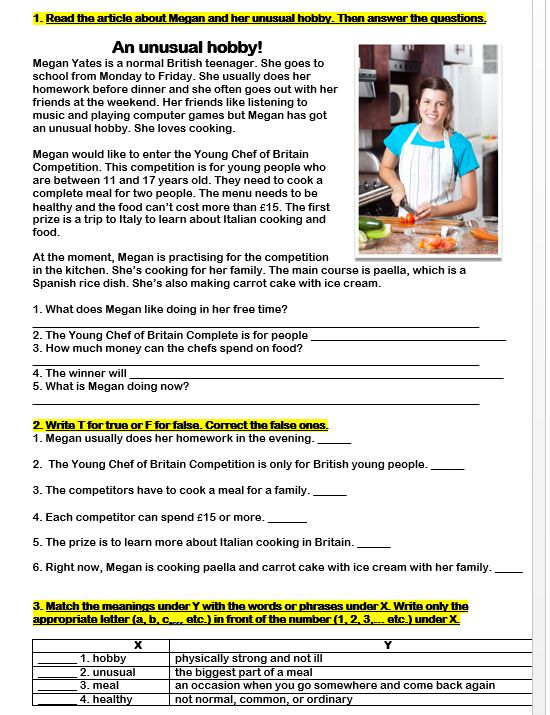 Then encourage them to create their own tale.
Then encourage them to create their own tale.
How reading activities help kids embrace learning
Reading keeps kids learning for the rest of their lives. When a child can read, they can take more control over their education. And that’s a wonderful thing!
Fun activities are the best way to keep a child interested in the world of books. Learning to read can be a frustrating journey for some. Others may simply find it boring (especially if they’re being made to read about topics they care little about). These activities are designed to get kids moving and thinking beyond the page. Because when reading is fun, learning happens naturally.
Other educational activities to help kids learn
When teaching starts to feel like a drag, or the kids are fighting their instruction, revisit this article. Mix in some fun activities and keep the learning going. Getting up, moving around, or enjoying a laugh together can help stimulate everyone’s mind.
Looking for even more great learning activities to engage your kids? Here are some of our favorite activity posts for reading, math, and more!
- 21 Classroom Games
- 15 Geometry Activities
- 20 Exciting Math Games
- 30 Virtual School Activities
- 36 Fun Word Game for Kids
- 15 Free Multiplication Games
- 37 Quick Brain Breaks for Kids
- 27 Best Educational Games for Kids
- 25 Social-Emotional Learning Activities
Get more ways to help kids love learning with Prodigy English, a brand-new learning adventure! Whether you're a parent or a teacher, create a free Prodigy account to access tools that help you support reading and language learning in the classroom or at home.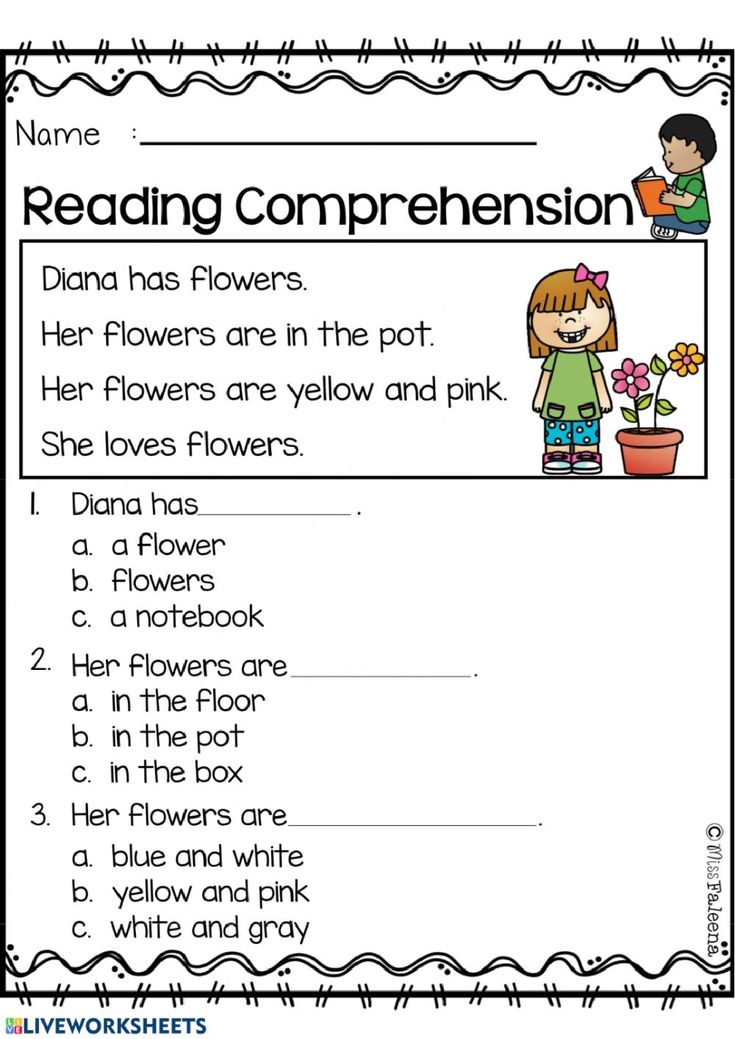
Control of reading skills (texts with tasks)
In a Small Town
Text 1
Toscanini was a great musician. He lived in America. One day he came to a very little town. He was walking along the street when he saw a piece of paper in one of the windows. He read:
MRS.SMITH.MUSIC LESSONS.
TWO DOLLARS A LESSON.
Then Toscanini heard the music. Somebody was playing Tchaikovsky.
Mrs. Smith is playing,” he thought, “she isn’t a very good musician. She doesn't play Tchaikovsky well. I must show her how to play it.”
He went up to the door of the house and rank. The music stopped and soon a woman opened the door.
Are you Mrs. Smith?” asked Toscanini. “My name is Toscanini and I want to show you how to play Tchaikovsky.”
Smith was very glad to meet the great musician. She asked him to come in. Toscanini played Tchaikovsky for her and went away.
A year later Toscanini visited the same town again.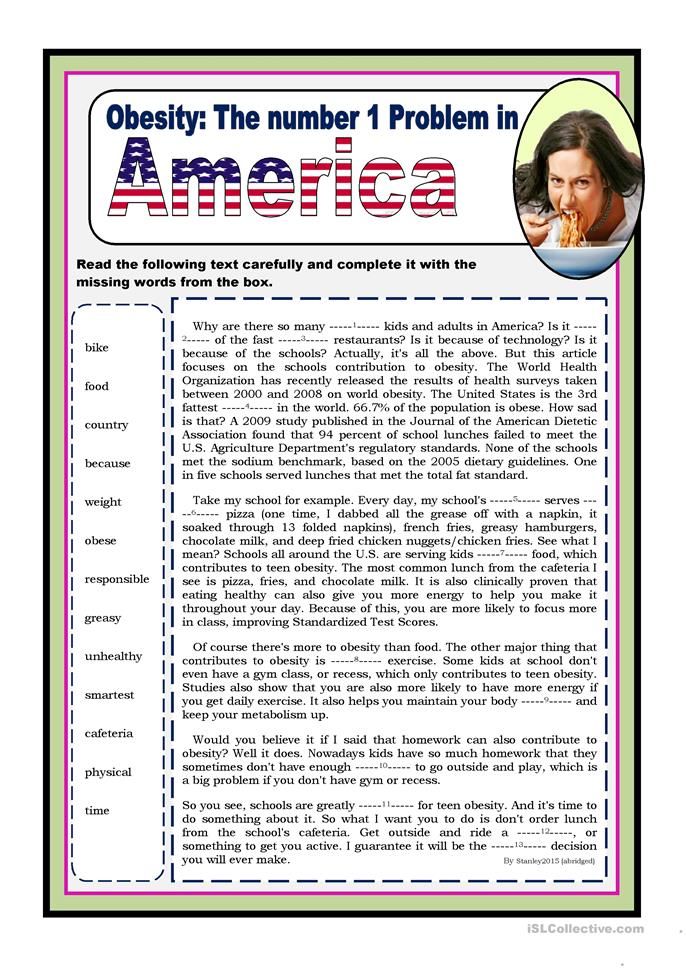 When he went up to the house where he had played Tchaikovsky the year before he again saw a piece of paper. Now it read.
When he went up to the house where he had played Tchaikovsky the year before he again saw a piece of paper. Now it read.
MRS.SMITH. (TOSCANINI'S PUPIL)
MUSIC LESSONS.
FOUR DOLLARS A LESSON.
1. Put “+” if the sentence is right and “-“ if it is wrong.
- Toscanini came to a very little town.
- He liked how Mrs. Smith was playing.
- He wanted to play the piano for her.
- Tchaikovsky visited Smith one day.
- Mrs. Smith was a teacher of music.
2. Write the sentences in the right order.
- Smith was very glad to meet the great musician.
- He lived in America.
- The music stopped and soon a woman opened the door.
- The music stopped and soon a woman opened the door.
- Mrs. Smith is playing,” he thought, “she isn’t a very good musician.
3. Answer the questions.
- Where did Toscanini live?
- Toscanini was a great musician, wasn't he?
- Did he want to show Mrs. Smith how to play?
- What did he see in one of the windows?
- Did he think that Mrs. Smith was playing well?
4. Write down the ending of the sentence.
- One day he came…
- I must show her…
- The music stopped and soon…
- Toscanini Tchaikovsky for …
- Four dollars…
5. Make up 5 questions to the text.
Shmily Text 2
My grandparents were married for over half a century, and played their own special game from the time they had met each other. The goal of their game was to write the word “Shmily” in a surprise place for the other to find. They took turns leaving “Smily” around the house, and as soon as one of them discovered it, it was their turn to hide it once more.
They dragged “Smily” with their fingers through the sugar and flour containers to wait whoever was preparing the next meal.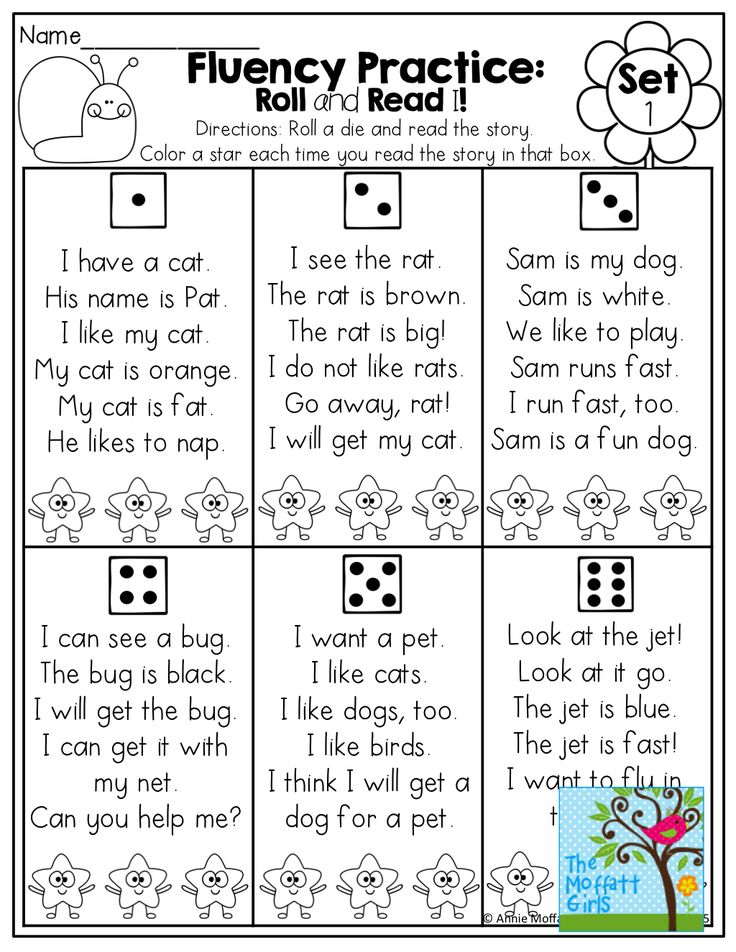 They smeared it in the dew on the windows overlooking the patio where my grandma always fed us warm, homemade pudding with blue food coloring. “Shmily” was written in the steam left on the mirror after a hot shower, where it would reappear bath after bath. At one point, my grandmother even unrolled an entire roll of toilet paper to leave Shmily on the very last sheet.
They smeared it in the dew on the windows overlooking the patio where my grandma always fed us warm, homemade pudding with blue food coloring. “Shmily” was written in the steam left on the mirror after a hot shower, where it would reappear bath after bath. At one point, my grandmother even unrolled an entire roll of toilet paper to leave Shmily on the very last sheet.
There was no end to the places “Shmily” would pop up. Little notes with “Shmily” scribbled hurriedly were found on dashboards and car seats, or taped to steering wheels. The notes were stuffed inside shoes and left under pillows. “Shmily” was written in the dust upon the mantel and traced in the ashes of the fireplace. This mysterious word was as much a part of my grandparents' house as the furniture.
It took me a long time before I was able to fully appreciate my grandparents' game. Skepticism has kept me from believing in true love- one that is pure and enduring. However, I never doubted my grandparents' relationship.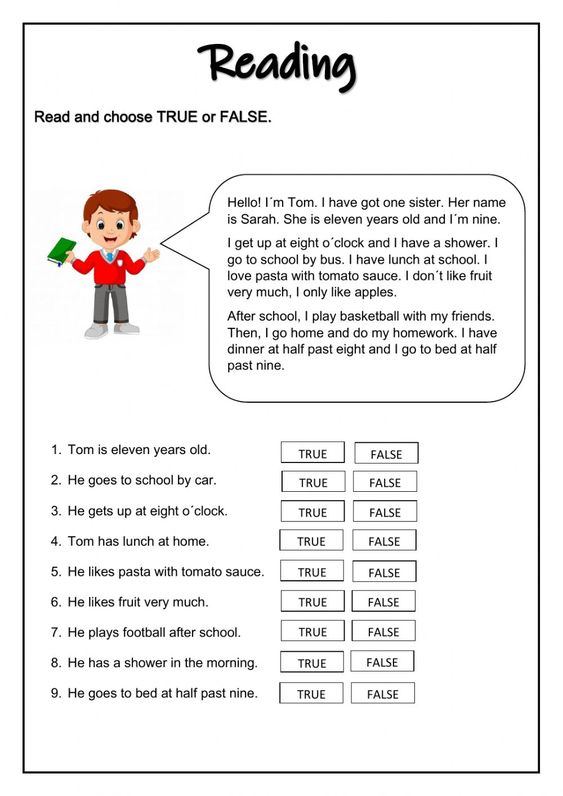 They had love down pat. It was more than their flirtatious little games; it was the way of life. Their relationship was based on a devotion and passionate affection which not everyone is lucky enough to experience.
They had love down pat. It was more than their flirtatious little games; it was the way of life. Their relationship was based on a devotion and passionate affection which not everyone is lucky enough to experience.
Grandma and grandpa held hands ever chance they could. They stole kisses as they bumped into each other in their tiny kitchen. They finished each other's sentences and shared the daily crossword puzzle and word jumble. My grandma whispered to me about how cute my grandpa was, how handsome an old man he had grown to be. She claimed that she really knew "how to pick 'em". Before every meal they bowed heads and gave thanks, marveling at their blessing: a wonderful family, good fortune, and each other.
But there was a dark cloud in my grandparents’ life: my grandmother had breast cancer. The disease had first appeared ten years earlier. As always, Grandpa was with her every step of the way. He comforted her in their yellow room, painted that color so she could always be surrounded by sunshine, even when she was too sick to go outside.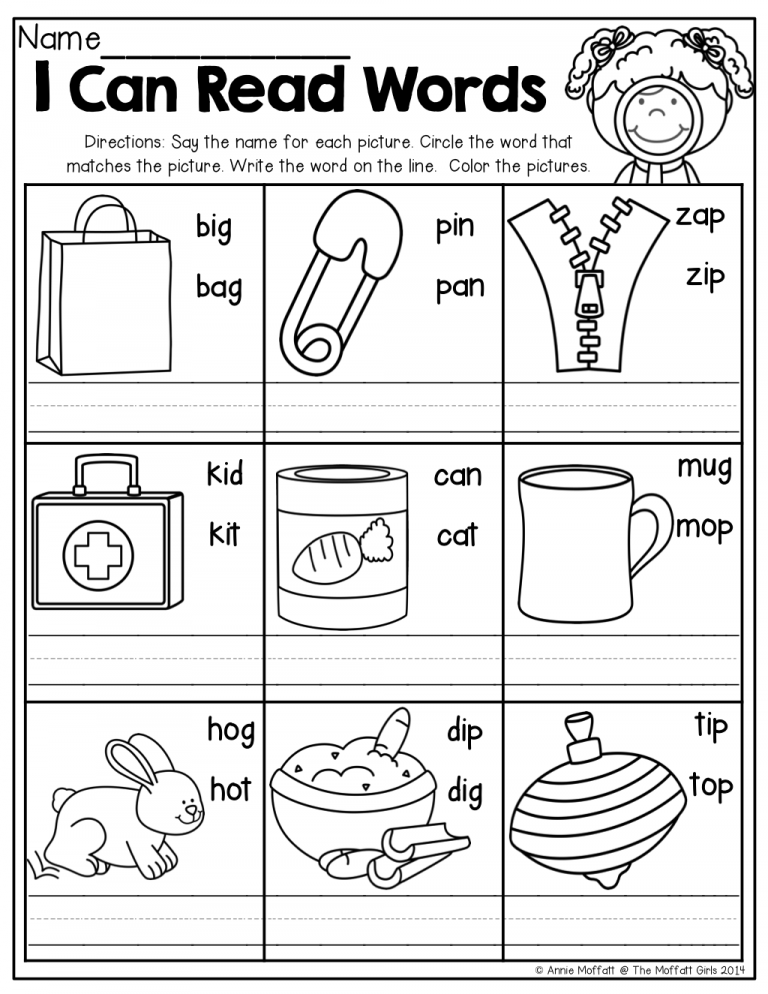
Now the cancer was once again attacking her body. With the help of a cane and my grandfather's steady hand, they still went to church every morning. But my grandmother grew steadily weaker until, finally, she could not leave the house anymore. For a while Grandpa would go to church alone, praying to God to watch over his wife. Then one day what we all dreaded finally happened. Grandma was gone. “Shmily. It was scrawled in yellow on the pink ribbons of my grandmother's funeral bouquet. As the crowd thinned and the last mourners turned to leave, my aunts, uncles, cousins, and other family members came forward and gathered around Grandma one last time. grandpa stepped up to my grandmother's casket and, taking a shaky breath, he began to sing to her. Though his tears and grief, the song came, a deep and throaty lullaby.
Shaking with my own sorrow, I will never forget that moment. For I knew then although I couldn't begin to fathom the depth of their love, I had been privileged to witness its unmatched beauty.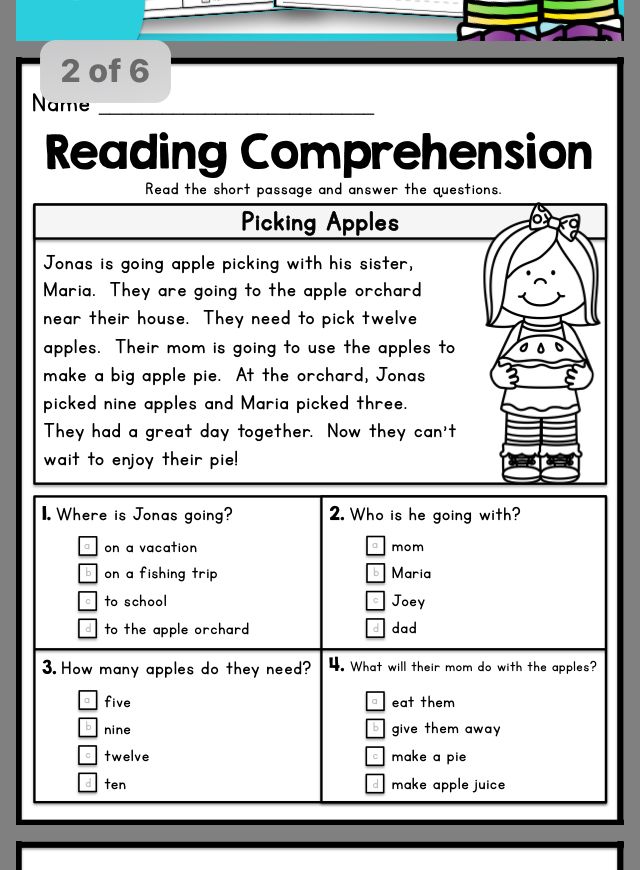 S-H-M-I-L-Y: See How Much I Love You
S-H-M-I-L-Y: See How Much I Love You
Thank you , Grandpa and Grandma, for letting me see.
Laura Jeanne Alien
1. Answer the questions.
- What was the goal of the game have been played by the grandparents?
- Where could this mysterious word be found?
- What disease had grandmother?
- What song did grandfather sing to grandma when she had died?
- What color did grandpa paint their room when grandma was sick and why?
2 . Find sentences which prove that grandparents had true love.
3. Write the sentences in the right order.
- The grandpa sang a lullaby to grandma on her grave when she died.
- The author of this story was proud to witness the beauty of true love.
- The grandparents were married about fifty years.
- As usual grandpa helped her every step of the way.
- I never doubted my grandparents relations.
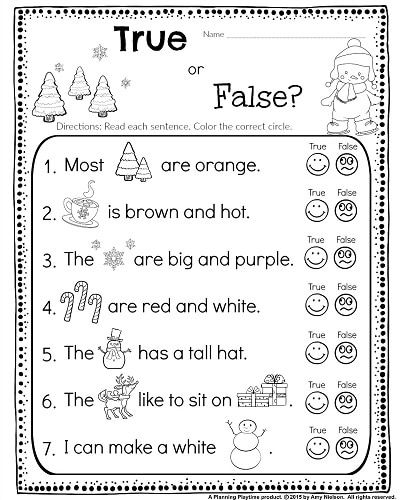
4. Find in the text:
- With the help of my grandfather's cane and steady hand, they still went to church every morning.
- This mystic word was the same part grandparents' houses, as well as furniture.
- they loved each other to the grave.
- Then the day we all dreaded has come.
- They exchanged kisses if they collided with each other in their tiny kitchen.
5. Make up 5 questions to the text.
Text 3
In 1608 an Englishman whose name was Thomas Coryate visited Italy. He liked the country and noted down every interesting thing he found. But there was one thing which he found more interesting than the others. In his diary Thomas wrote, “When the Italians eat meat, they use small forks. They don't eat with hands because, as they say, do not always have clean hands.”
Before leaving for England, Thomas Cory boughtate a few forks.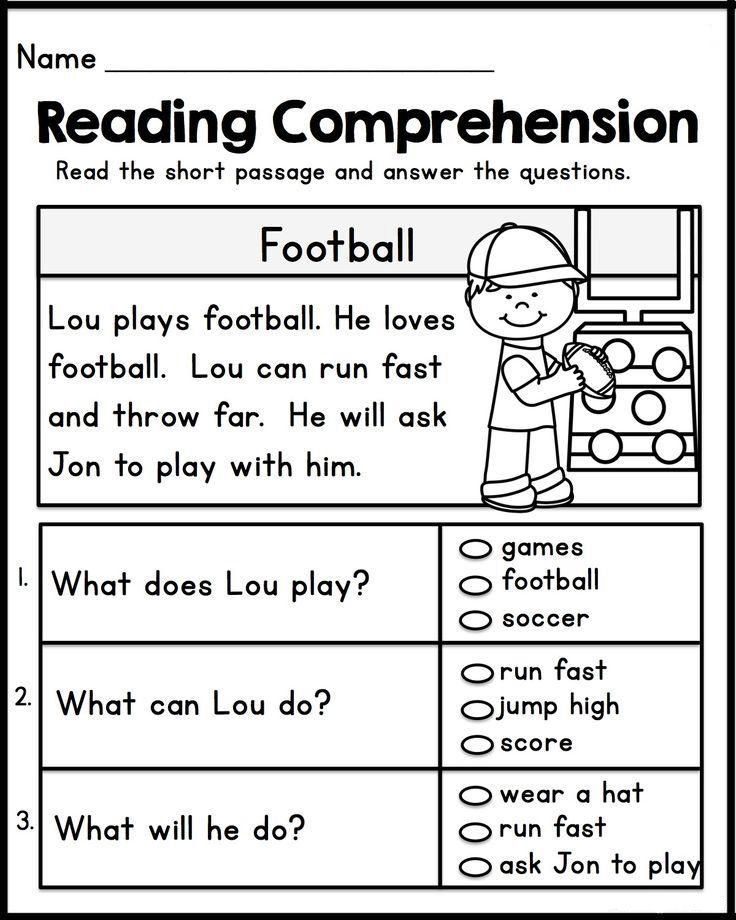
At home Thomas gave a dinner party to show the invention to his friends. When the servant brought the steak, he took out a fork and began to eat like they did in Italy.
Everybody looked at him in surprise. When he told his friends what it was, they all wanted to take a good look at the strange thing. All his friends said that the Italians were very strange people because the fork was very inconvenient.
Thomas Coryate tried to prove the opposite. He said it was not nice to eat with one's fingers because they were not always clean.
Everybody got angry at that. Did Mr. Coryate think that people in England always had dirty hands? And weren't the ten fingers they had enough for them?
Thomas Coryate wanted to show that it was very easy to use the fork. But the first piece of meat he took with the fork fell to the floor. His friends began to laugh and he had to take the fork away.
Only fifty years later people in England began to use forks.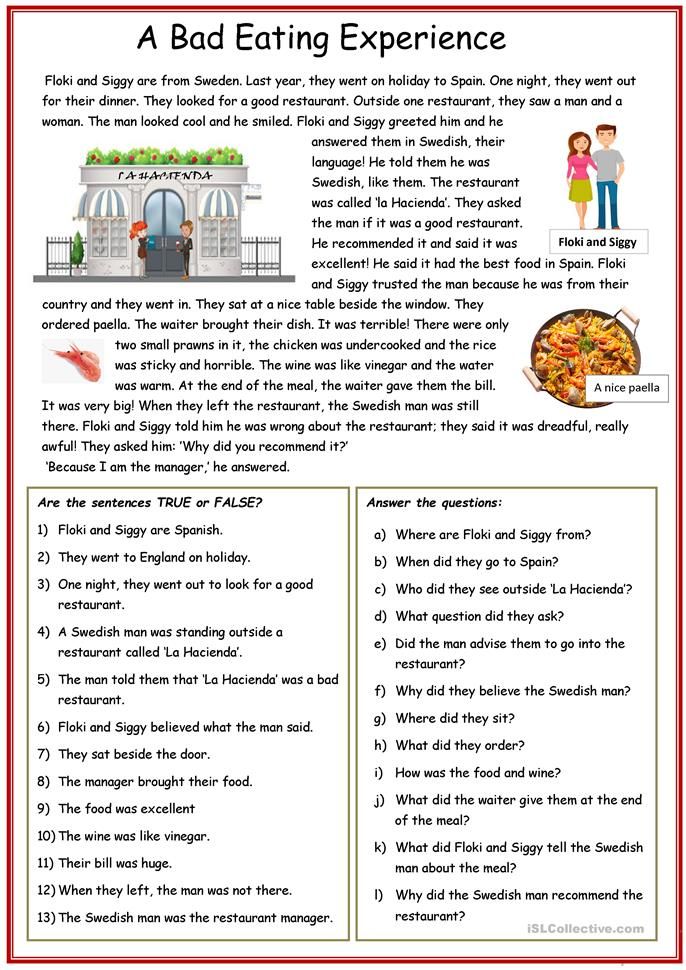
1. Translate the following sentences into Russian:
- In 1608 an Englishman whose name was Thomas Coryate visited Italy.
- But there was one thing which he found more interesting than the others.
- He said it was not nice to eat with one's fingers because they were not always clean.
- But the first piece of meat he took with the fork fell to the floor.
2. Answer the questions:
- Why did the Italians eat with the forks?
- What did he give at home to show the invention of the Italians?
- Why did his friends begin to laugh?
- When did people in England begin to use forks?
3. Correct according to the contents of the text :
- They eat with the hands because, as they say, do not always have clean hands.
- Everybody got happy at that.
- Only seventy years later people in England began to use forks.
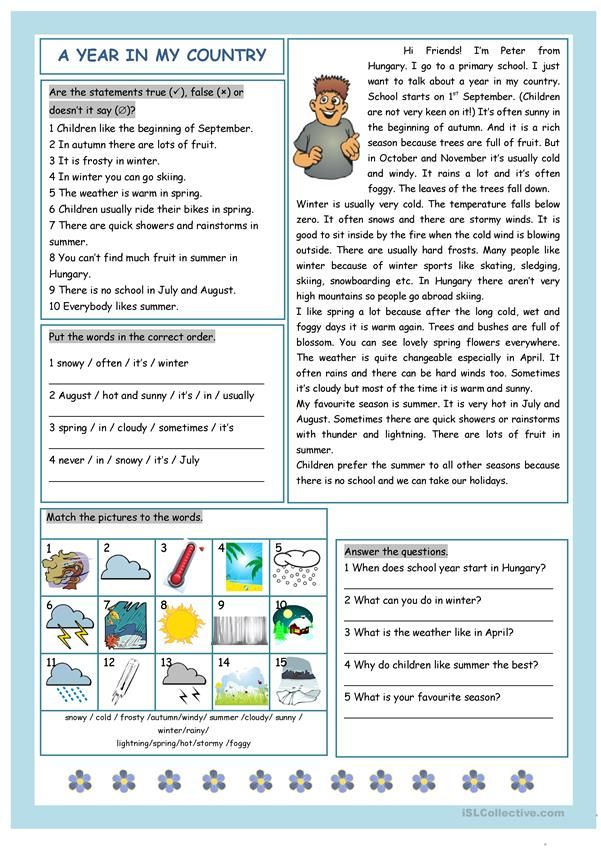
- When the servant brought the steak, he took out a knife and began to eat like they did in Italy.
4. Put 5 questions to the text.
London Text 4
London is the capital of Great Britain. London is a very old town. London is two thousand years old. Many years ago London was a small town on the Thames. There were a lot of villages round it. After many years London and three hundred villages grew into a very large city. Some of the names of those villages are the names of the streets in modern London-Kensington, Westminster.
Now London is a beautiful city with large squares and parks. The city of London is the business centre. East End includes the poor districts. West of London is the West End where rich people live.
Trafalgar Square is in the center of the West End of London. In the center of Trafalgar Square there is the column made of granite. On the top of the column there is a 17-feet-tall statue of Admiral Nelson who defeated the French at the Battle of Trafalgar in 1809.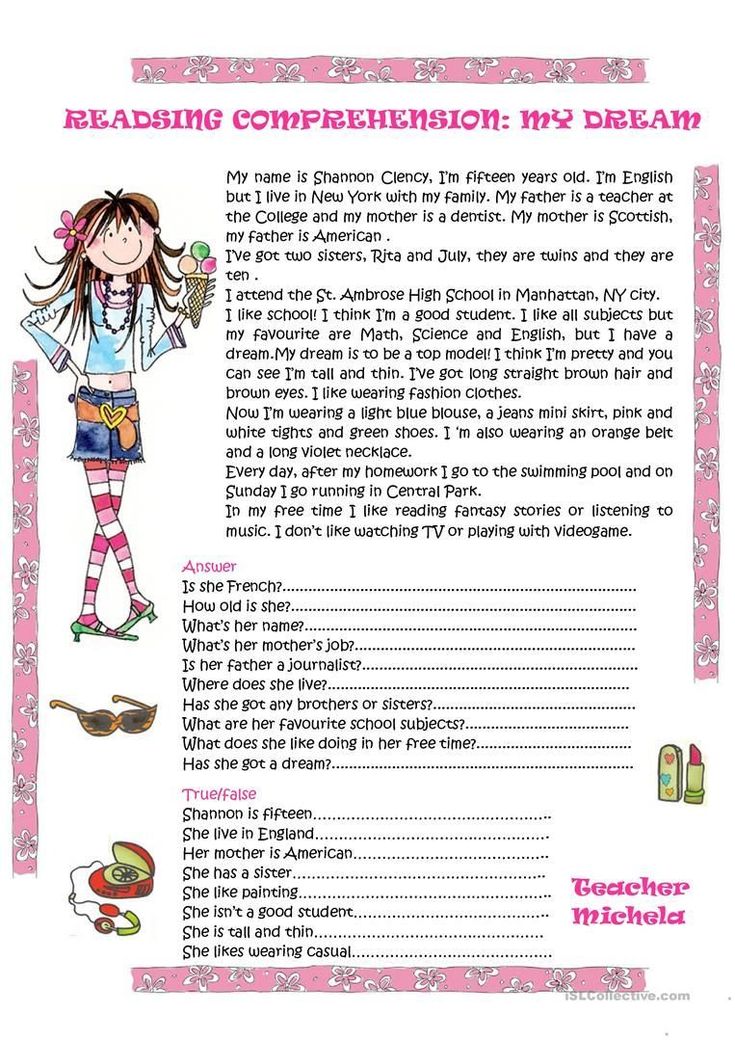 The total high of the monument is 184 feet (44 meters).On the pedestal is a bronze relief cast from a captured French cannon, representing Nelson's victory.
The total high of the monument is 184 feet (44 meters).On the pedestal is a bronze relief cast from a captured French cannon, representing Nelson's victory.
On the North side of Trafalgar Square is the National Gallery.
The National Gallery has one of the finest collections of pictures in the world.
Trafalgar Square is one of the busiest place in London, where people go to and from the work, it is hard to cross the street.
1. Answer the questions on the text.
- What is the capital of Great Britain?
- How many years is London?
- What includes the poor districts?
- Where do rich people live?
- Where is the Admiral Nelson column?
2. Continue the sentence.
- On the top of the column …
- London is two…
- On the north side…
- The total high…
- There were…
3. Which sentences match the content text “+” and which do not match “-”
- London is a new town.
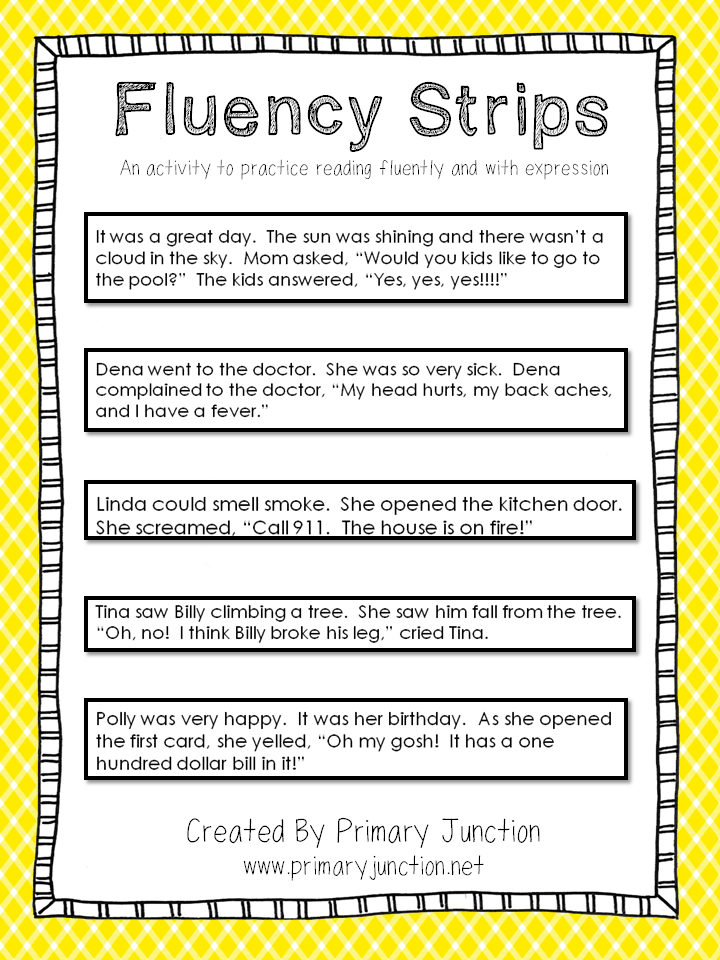
- London is on the Thames.
- The West End of London is a place where rich people live.
- In London there aren't a lot of squares and parks.
4. Find in the text
- The National Gallery has one of finest collections in the world.
- Trefalgar Square is in the center of West Enda in London.
- Now London is one of the most beautiful cities with large squares and parks.
- Many years later London and three hundred villages turned into one big city.
- Some of these villages have become names in modern London.
The Christmas Tree Text 5
No one _1_ for sure who decorated the first Christmas tree . The_2_ of bringing an evergreen tree indoors and _3_ it at Christmas started in Germany. One _4_ says that Martin Luther started the practice. Luther was an important Christian_5_ . According to the story, he noticed the starlit sky as he walked home one Christmas Eve about the year 1513. He thought the stars looked as if they were shining on the branches. when he arrived home, Martin Luther placed a small fir tree _6_ his house. He decorated it with lighted candles.
He thought the stars looked as if they were shining on the branches. when he arrived home, Martin Luther placed a small fir tree _6_ his house. He decorated it with lighted candles.
Decorating Christmas trees became _7_ in Germany. Prince Albert of Sachsen-Coburg-Gotha, the German husband of Queen Victoria, took the tradition to England. Both German and English people brought it to America. And now nearly every family in Great Britain and the USA has a _8_ tree.
The biggest Christmas tree in Britain is put up in Trafalgar Square in _9_ .
The people of Norway still give this tree every year to the _10_ to thank them for helping Norway against Hitler in the second World War.
1. Chose the right answer:
| a) knows | b) begins | c) decides | d) is |
| a) tree | b) legend | c) story | d) custom |
| a) showing | b) giving | c) putting | d) decorating |
| a) story | b) legend | c)fairy | d) novel |
| a) man | b) saint | c) leader | d) woman |
| a) inside | b) outside | c) upside | d) offside |
| a) comfortable | b) beautiful | c) public | d) popular |
| a) Christmas | b) fir | c) pine | d) birch |
| a) London | b) Paris | c) Moscow | d) Madrid |
| a) French people | b) British people | c) Irish people | d) Russian people |
2.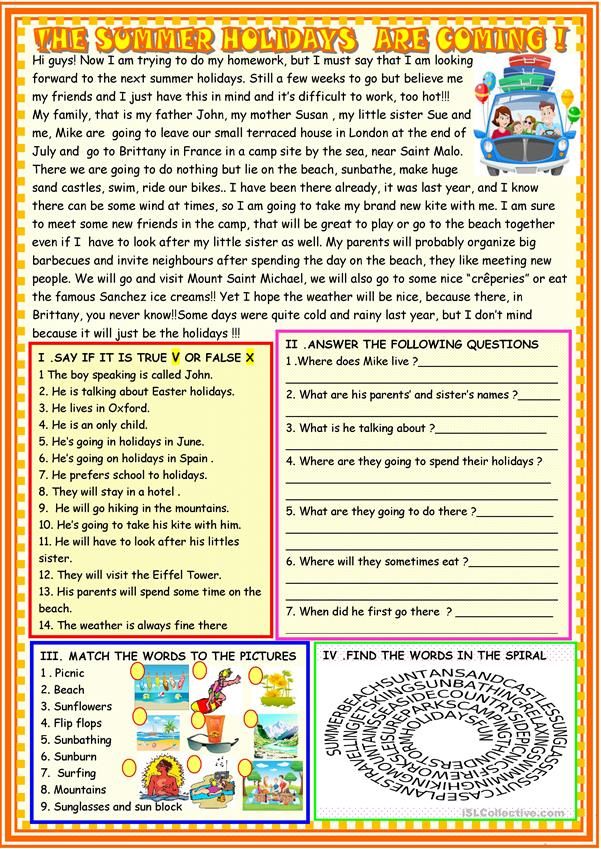 Answer the questions:
Answer the questions:
3. Ask 5 questions .
Text 6
THE STORY OF MY TROUBLES
From my childhood I was an easily taught and obedient boy. My kindness was so noticeable that my friends made fun of me. I was especially fond of animals and had a great number of pets. With these I spent most of my time, and never was so happy as when feeding and playing with them. My character did not change much when I grew up.
I married early, and was happy to find in my wife a character very much like my own. Seeing my love for pets she never lost a chance of getting the most pleasant animals. We had birds, gold-fish, a fine dog, rabbits, a small monkey, and a cat.
This cat was a remarkably large and beautiful animal, quite black and surprisingly smart.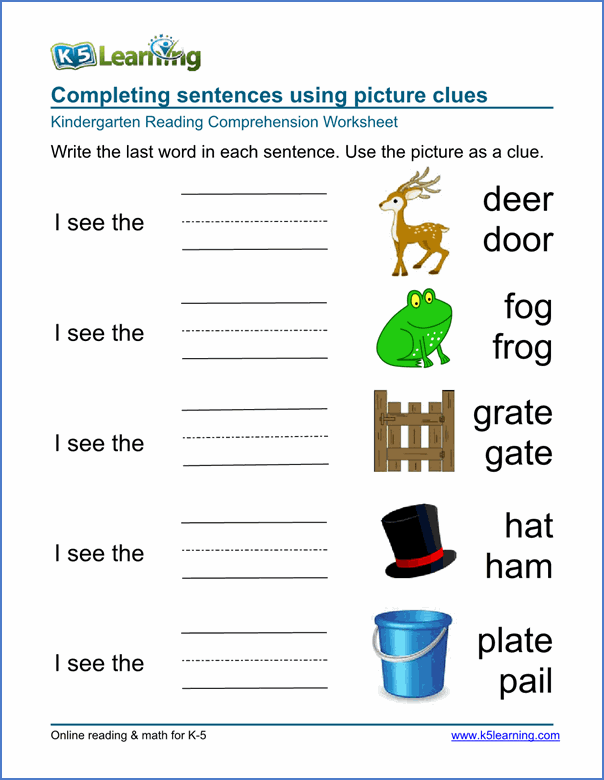 In speaking of his cleverness, my wife, who was a superstitious woman, often mentioned the old popular belief, which considered all black cats to be in disguise.
In speaking of his cleverness, my wife, who was a superstitious woman, often mentioned the old popular belief, which considered all black cats to be in disguise.
Pluto- this was the cat's name-was my favorite pet and playmate. I alone fed him and he followed me everywhere about the house. It was even with difficulty that I could prevent him following me through the streets.
Our friendship lasted for several years, during which my character (I blush to confess it) had changed for the worse. I became day by day more moody and irritable. It often happened that I hurt the feelings of others; I suffered myself as I was rude to my wife. At last I even hit her.
My pets, of course, could feel the change in my character. In fact, I began to treat them cruelly. As for Pluto, I held back from cruelty as I did treat cruelly the rabbits, the monkey, or even the dog when they came in my way. But my illness took hold of me-for what other illness is like alcohol!- and at last even Pluto ,who was now becoming old, even Pluto began to feel the effects of my temper.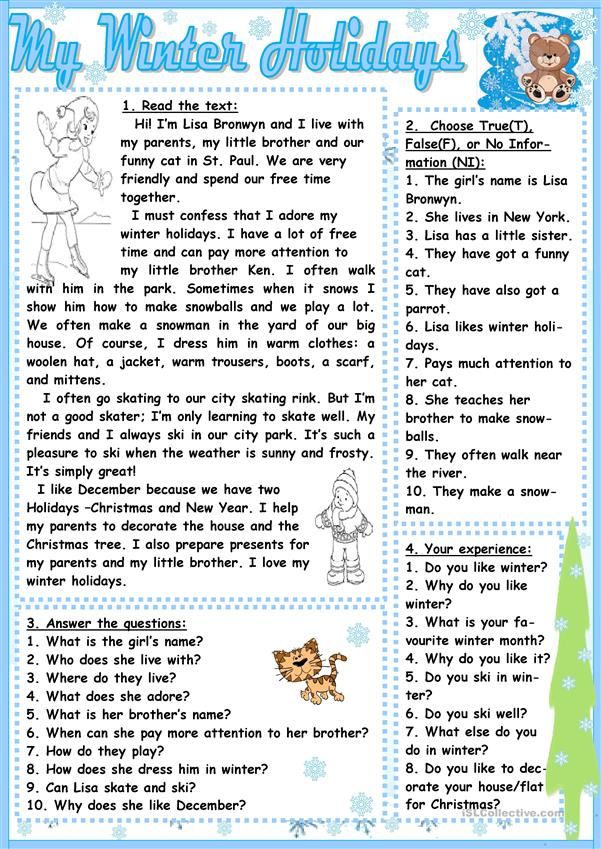
1. Answer the questions:
- What kind of pets do they have?
- What was the cat's name?
- What illness had the author?
- Was he a kind man?
- How long did their friendship last?
2. Ask questions.
- Yes/No
- Who
- Where
- or
- “tag” question
3. Translate:
- I married early, and was happy to find in my wife a character very much like my own.
- Our friendship lasted for several years, during which my character (I blush to confess it) had changed for the worse.
- In speaking of his cleverness, my wife, who was a superstitious woman, often mentioned the old popular belief, which considered all black cats to be in disguise.
4. Name antonyms:
Happy, beautiful, kind, black, begin.
5. Find in the text:
I got day by day more changeable.
texts for reading with tasks | English test (grade 7) on the topic:
The Great Romantic
Lord Byron (1788-1824) didn't live a long life. He was an aristocrat and a fashionable man. But he loved freedom and a simple country life. His personality attracted Britain and all Europe. He brought to his poetry romanticism of his times. He was talented and handsome, noble and brave. London admired him.
George Gordon Byron was born on January 22nd, 1788. He was the son of John Byron and his wife, Catherine, whose ancestors were of the royal house of Stuart. He spent his early years outside the capital. He lived in the north. Later his mother took him to Aberdeen. There they lived for several years. George went to Aberdeen Grammar School and there is a monument to him outside the school. Now it is a museum and art gallery. Later he studied at Harrow School and the University of Cambridge.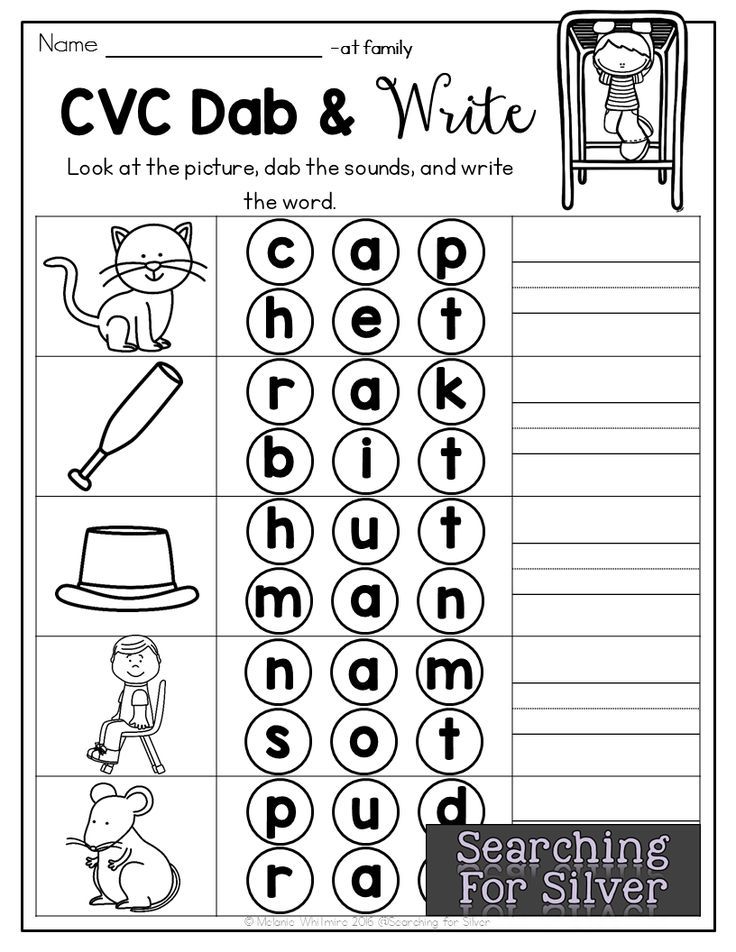
When Byron was 19, he came to London. One day the poet wrote, “I woke up and found myself famous.” It happened after the publication of his autobiographic poem “Childe Harold” in 1812.
The fact is that from 1809 to 1811 he had traveled to different parts of Europe and in the poem he described everything that had happened to him.
In the summer of 1816 Byron left Britain forever. He traveled around Europe and soon he became a member of the Greek liberation movement, for which he died. But he did not lead the Greeks in battle as he wished. He died of fever (fever). (262 words)
I. Translate into English.
1) He loved freedom and the simple country life.
2) He brought the romanticism of that time into his poetry.
3) Now it is a museum and art gallery.
II. Answer the following questions.
1) When and where was G. Byron born?
2) Where did he study?
3) What did he describe in the poem?
4) When did he die?
CHRISTMAS
The 25th of December is Christmas Day.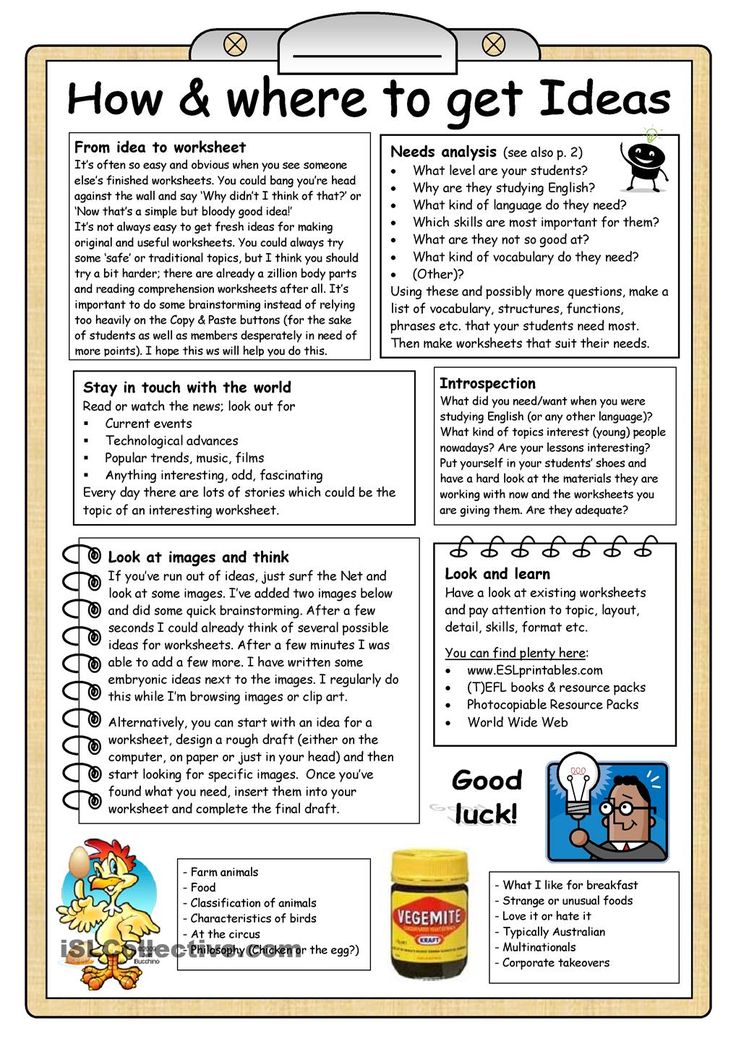 It's a happy holiday for many people in different countries.
It's a happy holiday for many people in different countries.
Some week before Christmas English people are busy. They send greeting cards to all their relatives and friends. You can buy Christmas cards or you can make them. Many children make their cards at school.
People buy a Christmas tree and decorate it with toys, colored balls and little colored lights.
On Christmas Eve people put their presents under the tree. When children go to bed, they put their stockings near their beds.
At night Father Christmas comes. He has got a big bag of presents for children. He puts the presents in the children's stockings.
Every year there is a very big Christmas tree in the center of London, in Trafalgar Square. This is a present from the people of Norway to the people of Great Britain. They send it to Londoners every year and Londoners decorate the Christmas tree.
In the evening before Christmas people like to come to Trafalgar Square to look at the tree.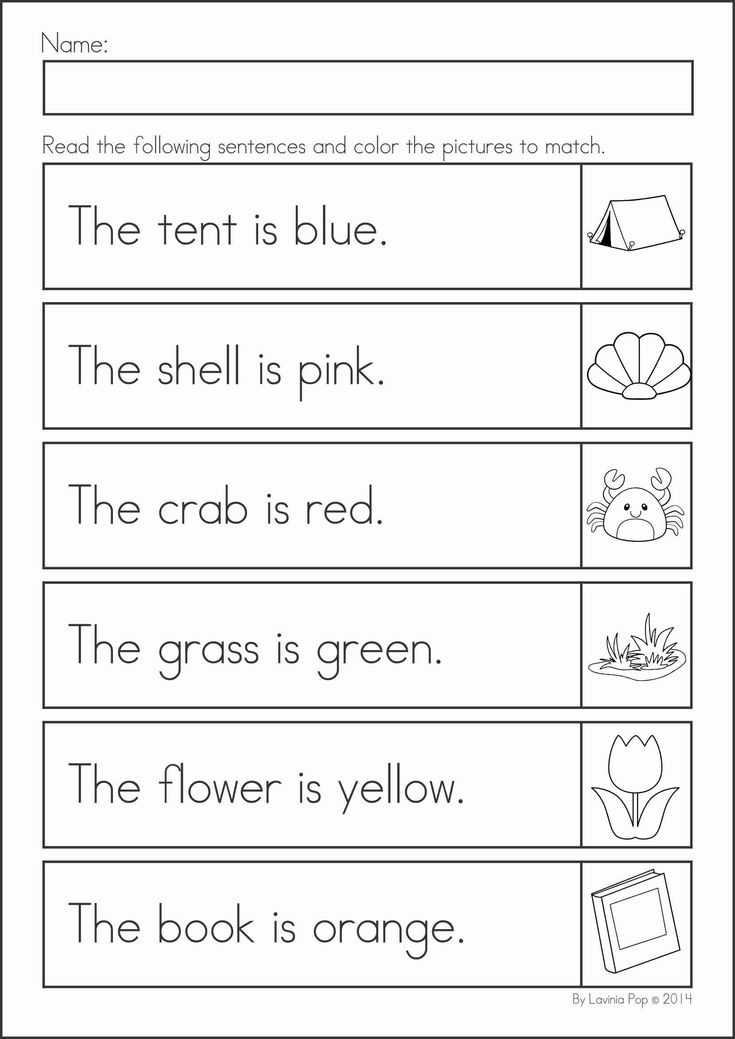 On Christmas Eve streets in London are decorated, too.
On Christmas Eve streets in London are decorated, too.
The shops are very busy at Christmas. People want to buy presents for their family and friends (for their nearest and dearest). And they buy a lot of food and drink for all the Christmas parties.
People open their presents on Christmas morning and they are all happy with what they get.
For Christmas lunch people eat turkey, potatoes and green vegetables. Then they have the Christmas pudding. At five o'clock it's time for tea and Christmas cake.
On Christmas people wish their nearest and dearest a merry Christmas.
The day after Christmas is Boxing Day. People usually visit their relatives and friends. They don't work on that day.
1. Answer the questions.
1) Why are people busy some weeks before Christmas?
2) Where can people get Christmas cards?
3) Where is a Christmas tree from?
4) What are the traditional Christmas dishes?
5) What is Boxing Day?
6) Do English people like Christmas?
2.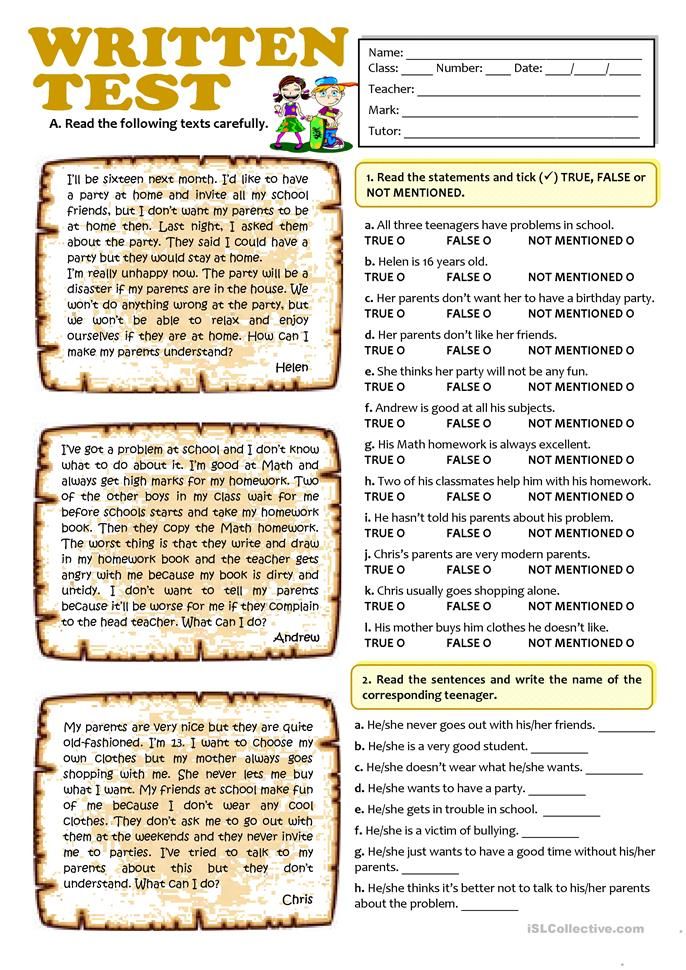 Complete the sentences
Complete the sentences
1. Many children make their cards at …….
2. Father Christmas puts the presents in the children's ………..
3. There is a very big Christmas tree in the center of ………
4. On Christmas people wish their nearest and dearest a …… ….
5. They do not………. on that day.
Read the text
Monsters of the sea?
People have always been afraid of sharks. Films like “Jaws” have shown them as monsters. But now these animals are in danger, like many others.
In recent years, shark meat has become a popular food in America. Too much fishing has begun to reduce the numbers of some kinds of shark. Some people say this is a good thing. Sharks kill about twenty-five people a year near the world's beaches. Are we going to help sharks, or are they going to become extinct?
It’s hard to solve the sharks’ “image” problem and change people’s minds about them. Sharks are hunters and so they naturally kill. But actually elephants kill more people than sharks every year – and every–one likes elephants.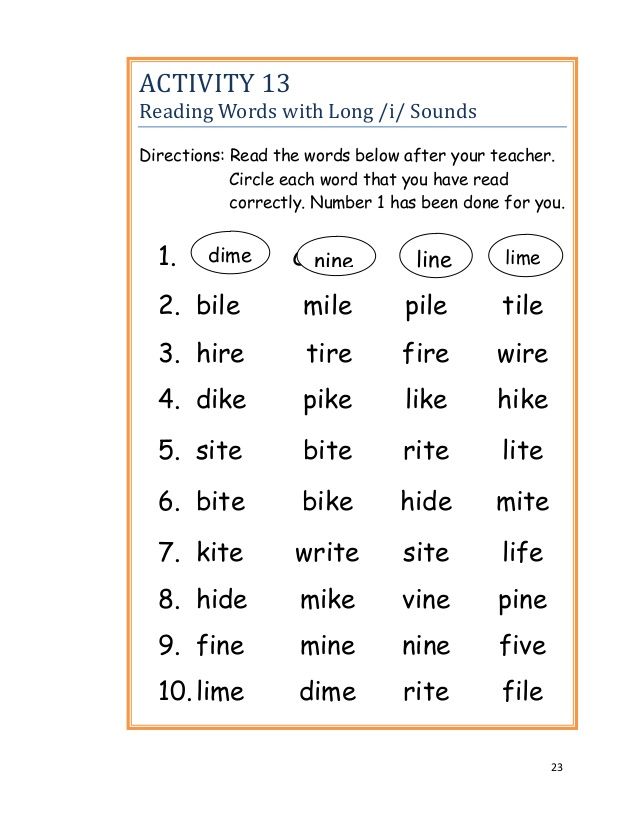
Sharks are very important for the world's oceans. They eat unhealthy fish and keep the numbers of different kinds of sea animals in balance. Now scientists are trying to find a way to protect these animals. They have been in the oceans for 350 million years. Perhaps they can survive a little longer.
Select sentences that correspond to the content of the sentence text.
- Films have shown sharks as monsters.
- Sharks are in danger like others.
- Shark meat has become a popular food only in Canada.
- The number of some kinds of shark has reduced because of much fishing.
- All people say this is good that a number of some kinds of sharks has been reduced.
- Sharks are not monsters because they don't kill anybody.
- It's not hard to solve sharks 'image' problem.
- Sharks are hunters so they naturally kill.
- Elephants kill less people than sharks, so people like them .
10.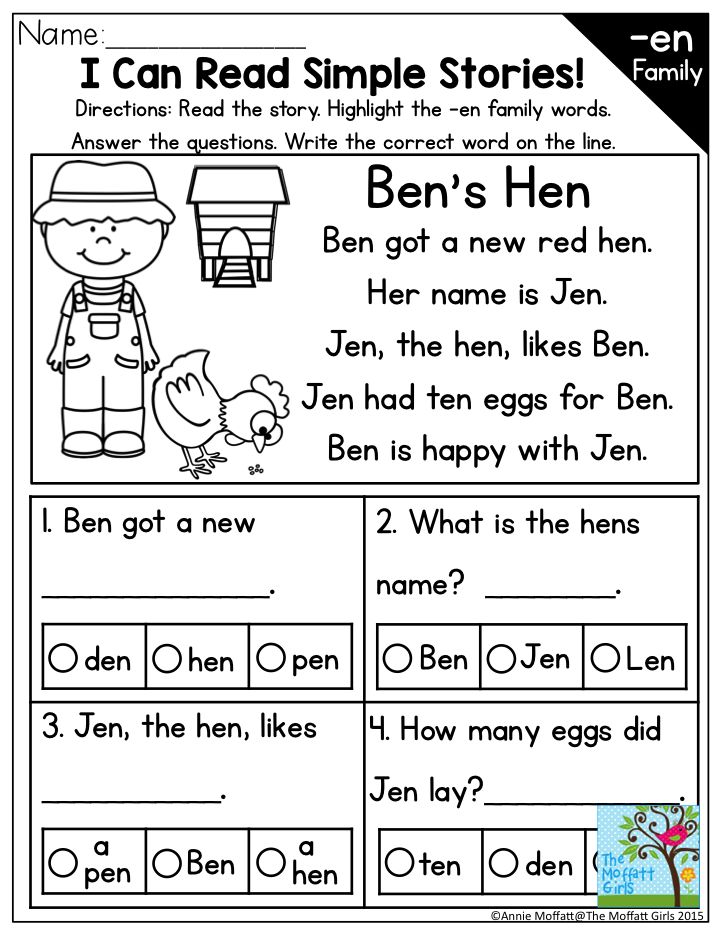 Sharks are very important for the world's oceans because they kill unhealthy fish.
Sharks are very important for the world's oceans because they kill unhealthy fish.
11.Sharks have been in the oceans for 200 years.
PACKING by Jerome K. Jerome
Holiday time was near now, and we, that is, Harris and George and I met to discuss our plans. Harris said that the first thing was to discuss what to take with us. He also said that we couldn't take the whole world in a boat. They could take what they really needed.
"It is very important," Harris said, "to have everything we need for a long swim every morning before breakfast." He also said that a long swim always gave him a fine appetite. "If you're going to eat more than you usually do," George said, "I think we'll let you go swimming not more than once in three or four days. If you go swimming every day, we'll never have enough food for you. We won't be able to carry so much in the boat."
So we discussed the food question. "Begin with breakfast," George said. "For breakfast we must have a tea-pot," Harris said, "ham, eggs, bread and butter and jam.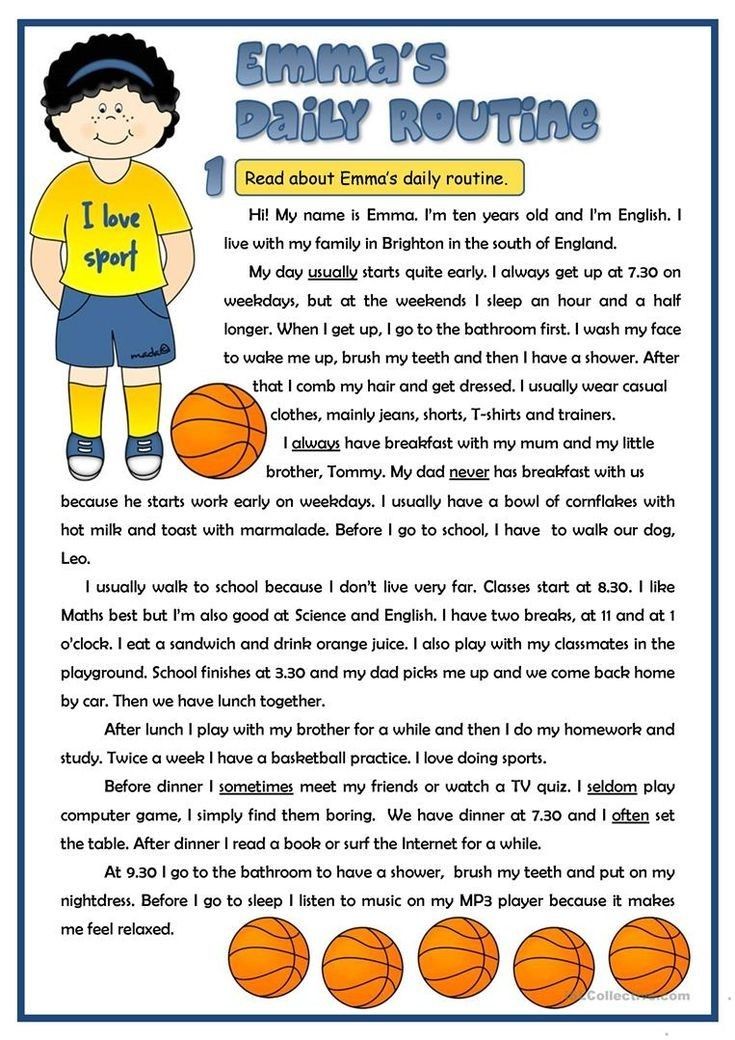 It's easy to prepare breakfast with such things. And for lunch — cold meat, bread and butter and jam — but no cheese."
It's easy to prepare breakfast with such things. And for lunch — cold meat, bread and butter and jam — but no cheese."
We agreed. Cheese in a boat in summer, little by little becomes the master of all the food. You may think you're eating sausage or meat and potatoes or cake, but it all seems to be cheese.
Test A
Choose the right variant
1. George, Harris and Jerome decided to discuss ....
a) future holidays b) the weather c) the newspaper article
2. It happened in . ..
a) summer b) spring c) winter
3. Harris liked ... very much.
a) boating b) swimming c) playing football
4. He wanted to ... after swimming.
a) eat b) drink c) sleep
5. They decided ... cheese.
a) not to take b) to take c) to buy
Test B
The Earth.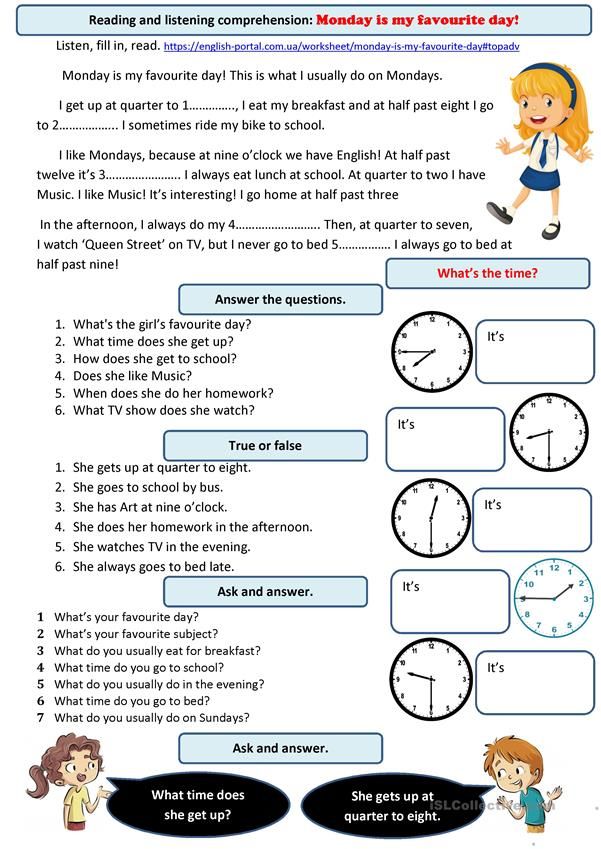
We live on the Earth. It is very, very big. There is a lot of water on the Earth. It is in rivers, lakes, seas and oceans. There are a lot of forests and fields, hills and mountains on it.
The Earth is full of wonders. Different animals live on the Earth. Different plants grow on it. The Earth is beautiful.
There are large countries and small countries. There are warm countries and cold countries. There are some countries where there are four seasons in a year and some countries where there are only two.
When it is day in one country it is night in another country.
When the sun shines it is day, when the sun does not shine it is night. You can see the moon and the stars in the sky at night.
People live in different countries. They speak different languages.
Our country is Russia. Russia is the largest country in the world. Our country is so large that when it is morning in the east, it is evening in the west. When it is winter in the north it is summer in the south.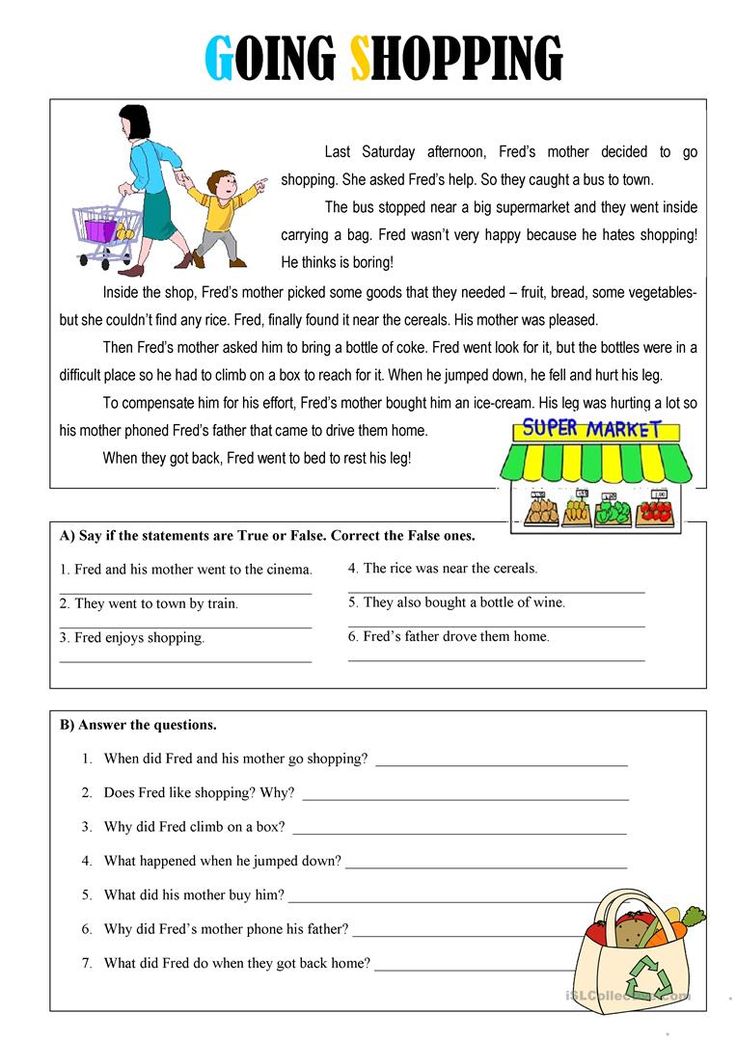
There are a lot of long rivers, beautiful lakes, large forests and fields and high mountains in Russia.
People who live in Russia speak more1 than one hundred different languages but they can speak Russian too.
2) Answer the questions.
1.Where do people live?
2.Is the Earth big or small?
3.What is there on the Earth?
4. Where is there water on the Earth?
5.The Earth is beautiful, isn't it?
6. Why do we say that the Earth is full of wonders?
7.Why do people speak different languages.?
Every nation and every country has its own traditions and customs. In Britain traditions play a more important role in the life of people than in other countries. They say British people are very conservative. They are proud of their traditions and carefully keep them up. But when we speak about British traditions we always remember that there are four parts in Britain - England, Scotland, Wales and Northern Ireland.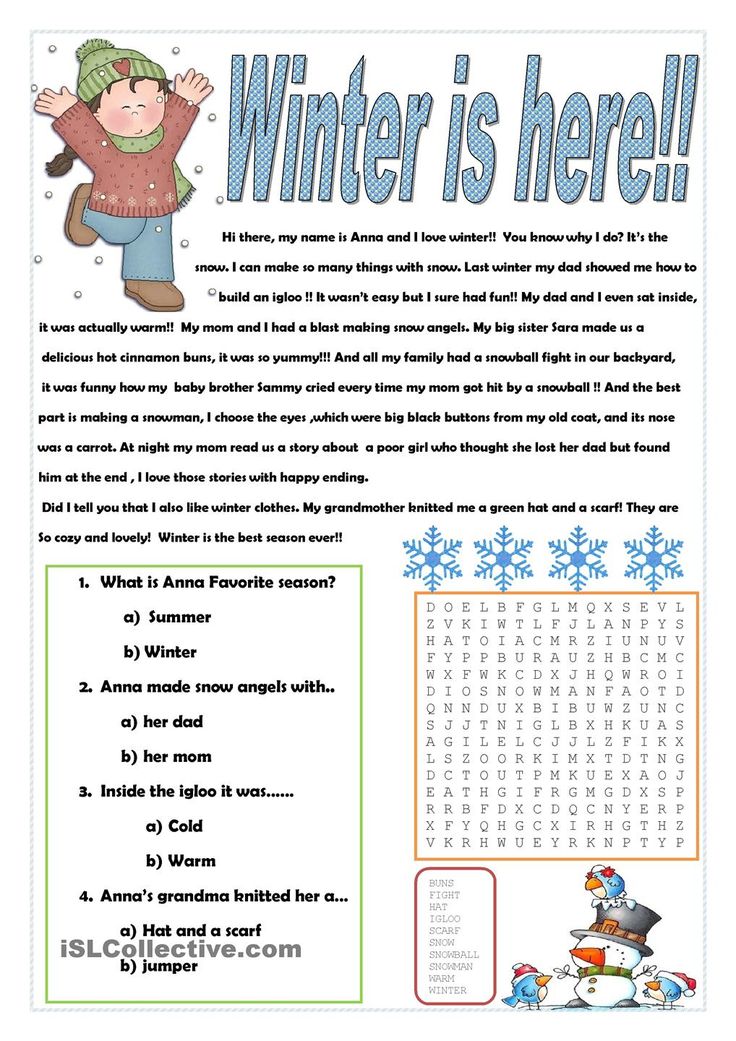 Traditions are different in these parts of the country.
Traditions are different in these parts of the country.
You already know some of the English traditions and holidays. We hope you remember Valentine's Day, St. Patrick's Day, Hallowe'en which have also become traditional American holidays. Here are some more facts about old English traditions.
One of the old English legends says that London can be the capital of the country, rich and great until twelve black ravens live in the Tower of London. Each has got its name and the keepers carefully look after them. If one of the birds dies, another younger raven takes its place. Londoners believe this legend and always bring some food to give to the birds when they come to the Tower. The keepers cut the birds' wings a bit as they are afraid that they may fly away.
Another old English tradition is Guy Fawkes Day. Children go out into the streets on the 5th of November with figures like scarecrows. They stand in the streets and squares asking for the usual "Penny for the Guy".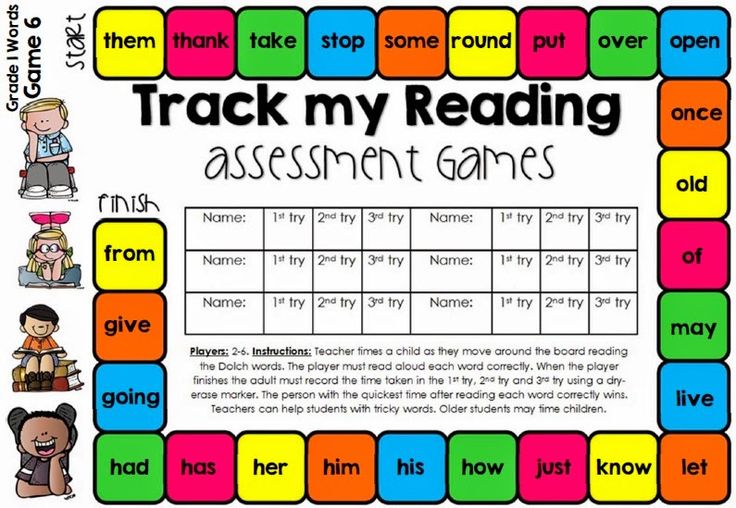 Then with the money they have collected they buy fireworks and burn the guy (the figure like a scarecrow) on their bonfire.
Then with the money they have collected they buy fireworks and burn the guy (the figure like a scarecrow) on their bonfire.
People watch fireworks and some people go to parties in the evening.
Though different countries have different traditions and holidays people all over the world know some of them. They are - Easter, Christmas and New Year.
I. True or False.
- Every country has its own traditions and customs.
- There are no common traditions all over the world.
- English people celebrate Maslenitsa.
- There are some common holidays in England, Scotland, Wales and Northern Ireland.
- London can be great until 10 black ravens live in the Tower.
- English people celebrate Guy Fawkes Day on the 5th of November.
II. Choose the best title for the text.
1. BRITISH ARE JUST TRADITIONS CRAZY!
2. MORE ABOUT BRITISH TRADITIONS.
3.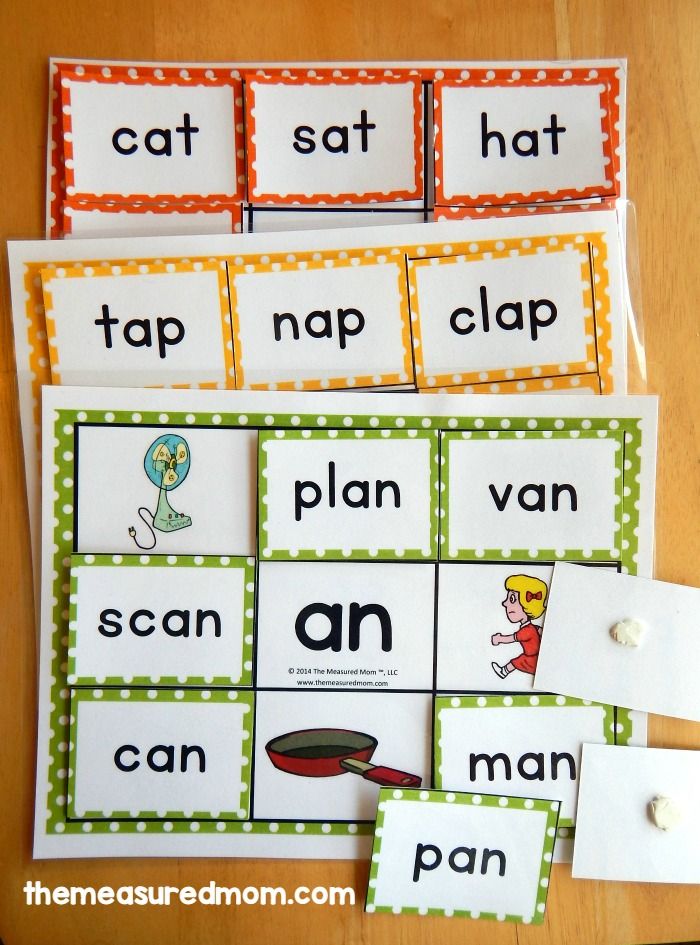 GUY FAWKES DAY.
GUY FAWKES DAY.
III. Match the words from the left column with their Russian equivalents from the right column.
- look after a. fireworks
- scarecrow b. custom
- firework c. take care
- custom d. bonfire
- bonfire e. scarecrow
A. Read the text.
SCOTLAND
Although Scotland forms a part of the United Kingdom, it has a distinct character of its own. In area it is more than half as big as England. Its population is, however, only one-eighth as great - about 5,200,000.
Scotland is a land of romance and it has had a most eventful history. The Picts and Celts lived there before the coming of the Romans to Britain. Those Northern tribes worried the Romans so much that the Great Wall was built to protect the Roman camps in the Northern part of England.
It was in the 11th century that the Normans began to settle in Scotland. Almost all of Scotland's history is accociated with and reflected in many castles and forts that are to be seen all over the country.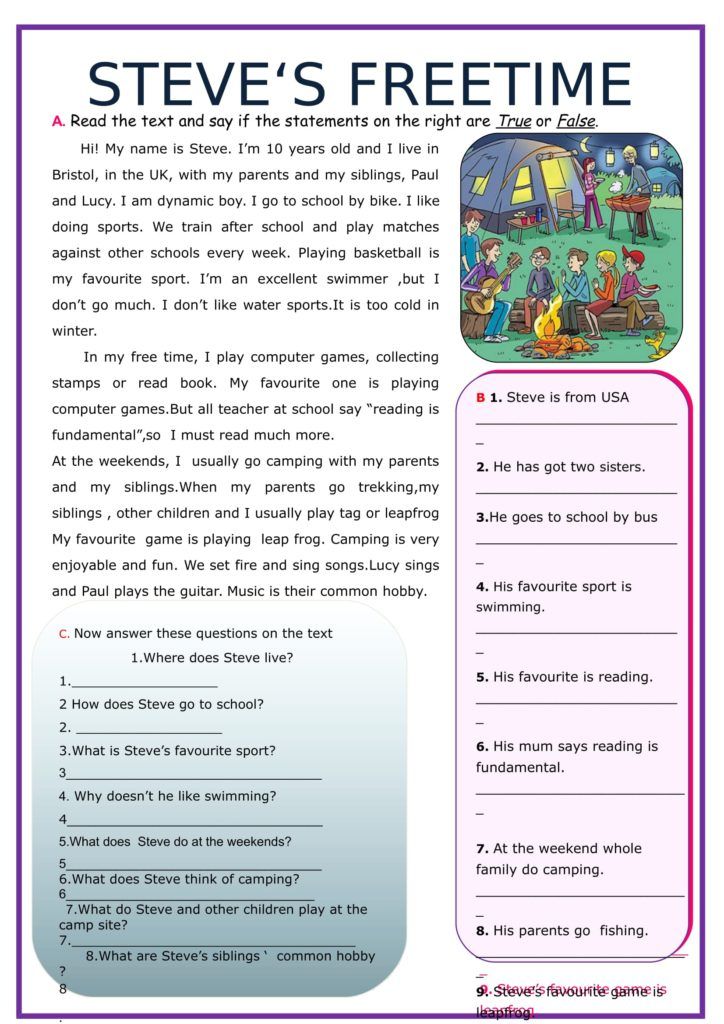 They are very picturesque, having retained their medieval features: stern, proud, impressive, perched high on a rock or at a hillside. Mary, Queen of Scots, the beautiful Mary Stuart was married in one of them, her son James (who was to become James I of England) was born in another.
They are very picturesque, having retained their medieval features: stern, proud, impressive, perched high on a rock or at a hillside. Mary, Queen of Scots, the beautiful Mary Stuart was married in one of them, her son James (who was to become James I of England) was born in another.
And now some words about the Highlands. For centuries the Highlands were a strange land, where the king's law common to all the rest of the country, wasn't even known, where wild people spoke a language no one could understand. Long after the rest of Britain adopted modern ways they kept to the old life.
In 1603 King James VI of Scotland became King James I of England too, and from then onwards the countries were under the same monarch, though the Act of Union was not passed until 1707. This Act incorporated Scotland with England in the United Kingdom , but the Scots kept their own legal system, religion and administration, centered in Edinburgh.
Edinburgh – the capital of Scotland has always been admired as one of the most beautiful cities.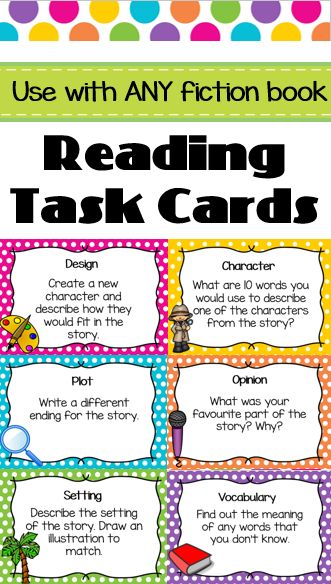 Glasgow - its second city - always had a bad reputation. It was too often seen as a dirty, run-down urban area. But no longer. The buildings have been cleaned up, the streets are tidy and the people now take an obvious pride in their city. Glasgow was chosen to be the cultural capital of Europe 1890.
Glasgow - its second city - always had a bad reputation. It was too often seen as a dirty, run-down urban area. But no longer. The buildings have been cleaned up, the streets are tidy and the people now take an obvious pride in their city. Glasgow was chosen to be the cultural capital of Europe 1890.
Not far from Glasgow there is one of the most famous of Scotland's many lakes (called "lochs"), Loch Lomond. Scottish numerous valleys are known as "glens". Scotland is a country with an intense and living national tradition of a kind only too rare in the modern world. It has its distinctive national dress, the kilt, worn only by men. It also has its own typical musical instruments (the pipes, sometimes called "the bagpipes"), its own national form of dancing, its own songs, language, traditions and education. Scotland has even its own national drink, a fact so widely known that one need only ask for "Scotch".
notes
The Picts and Celts - Picts and Celts (Tribes)
Tribe - tribe
CAMP - Camp
To Pass the Act - adopt an act/law (in parliament)
V.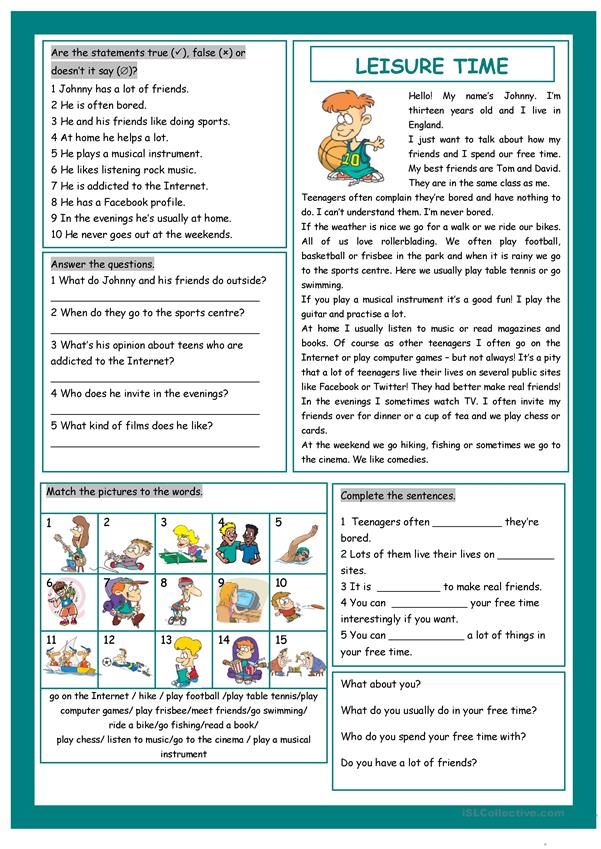 Comprechension Check. Complete the sentences.
Comprechension Check. Complete the sentences.
1. Scotland forms...
a) a part of England;
b) a part of the United States;
c) a part of the United Kingdom.
2. The Northern tribes...
a) began to settle in Scotland in the 11th century;
b) lived in Scotland before the coming of the Romans;
c) came to Scotland together with the Normans.
3. Mary Stuart...
a) was a Queen of the United Kingdom;
b) was the Queen of Scots;
c) was not a queen.
4. The kilt...
a) is a musical instrument;
b) is a form of national dancing;
c) is a type of national dress.
C. Answer the questions.
1. What is the population of Scotland?
2. Why was the Great Wall built?
3. Why are there so many castles in the country?
4. What have you learned about the Highlands?
5. When was the Act of Union passed?
6. What's the country's second city?
7.